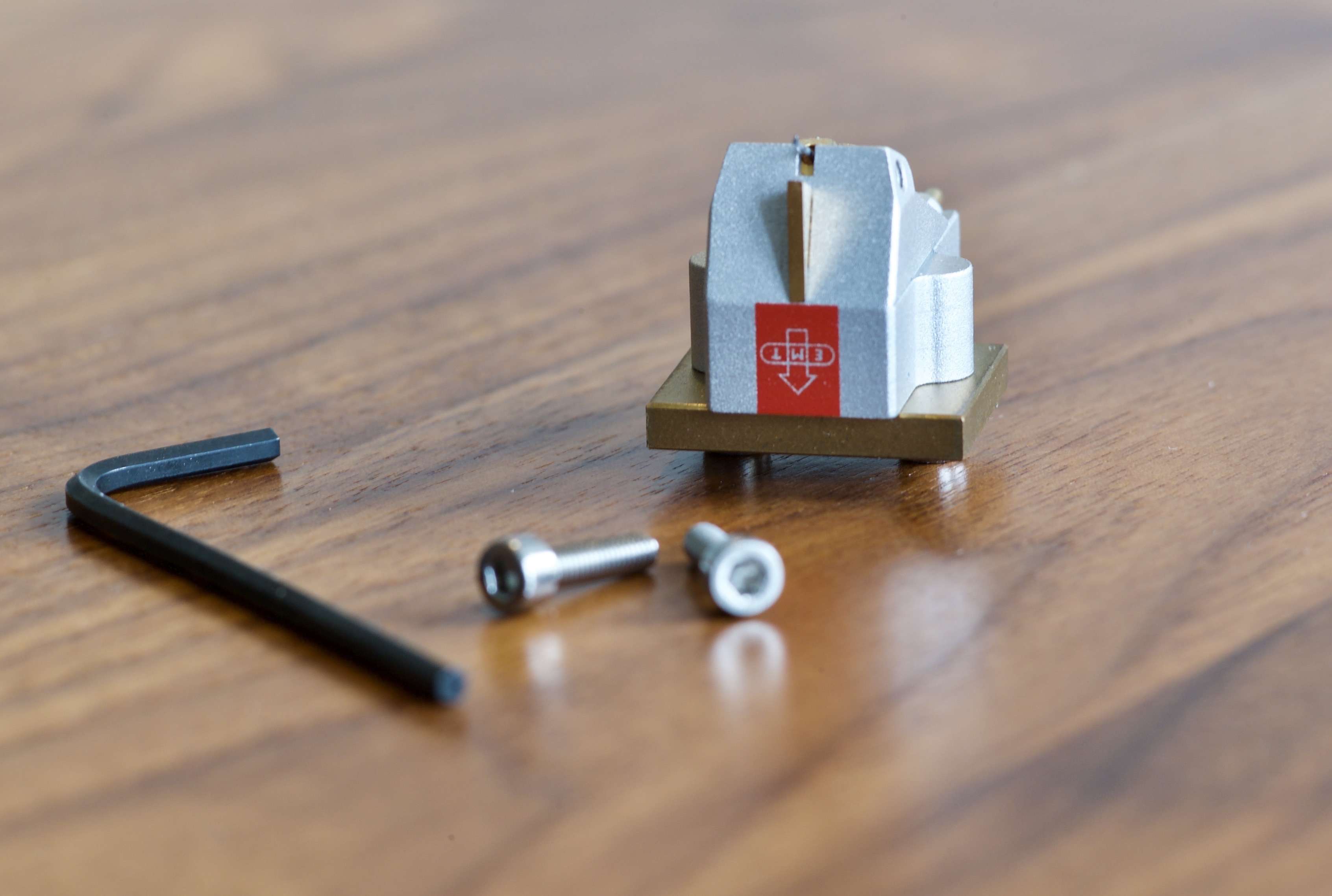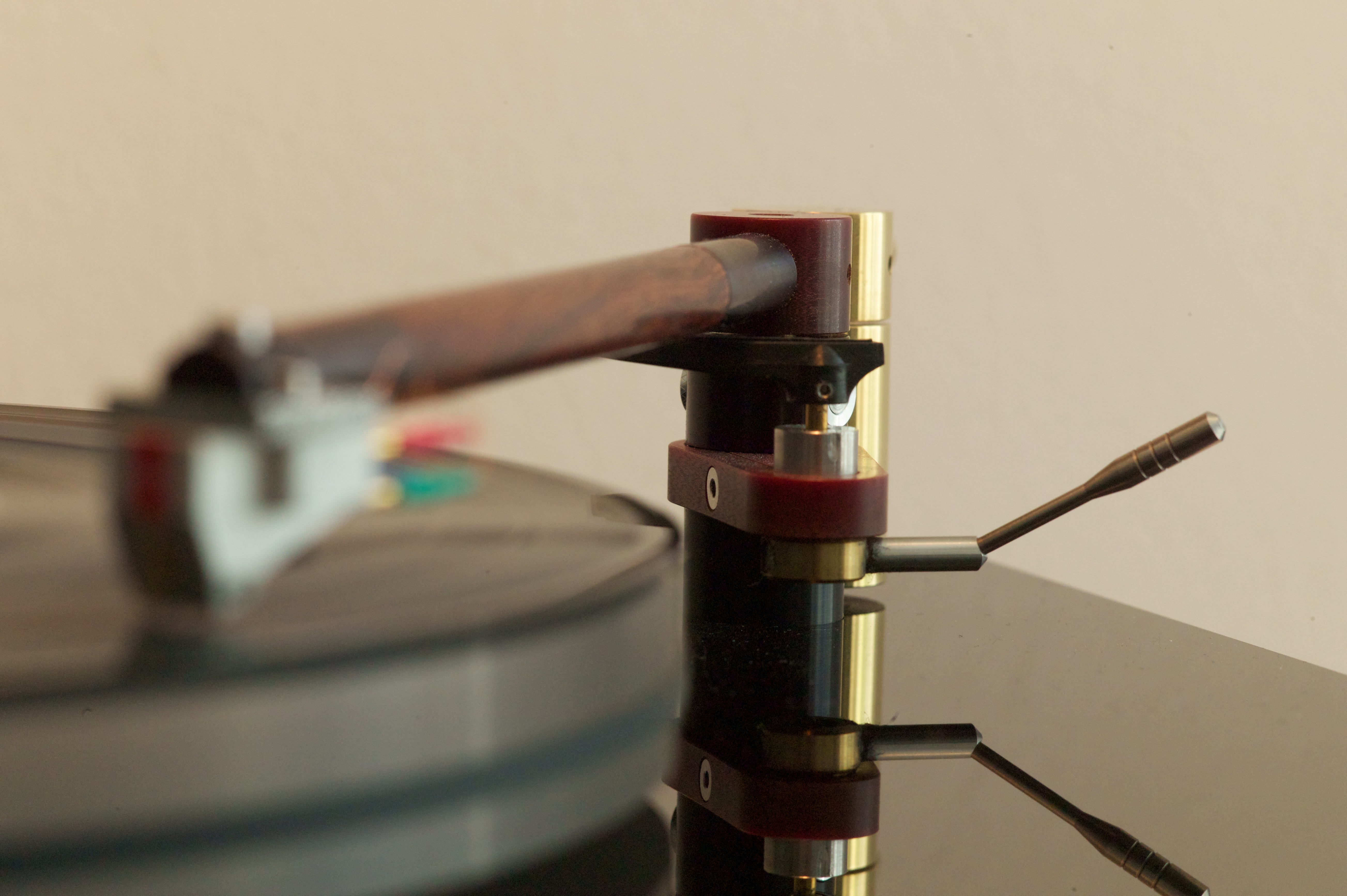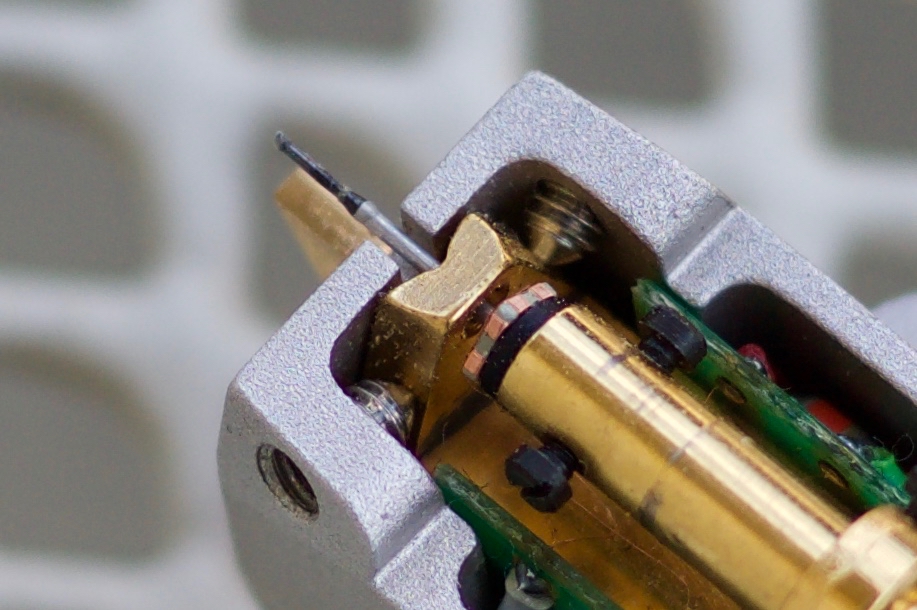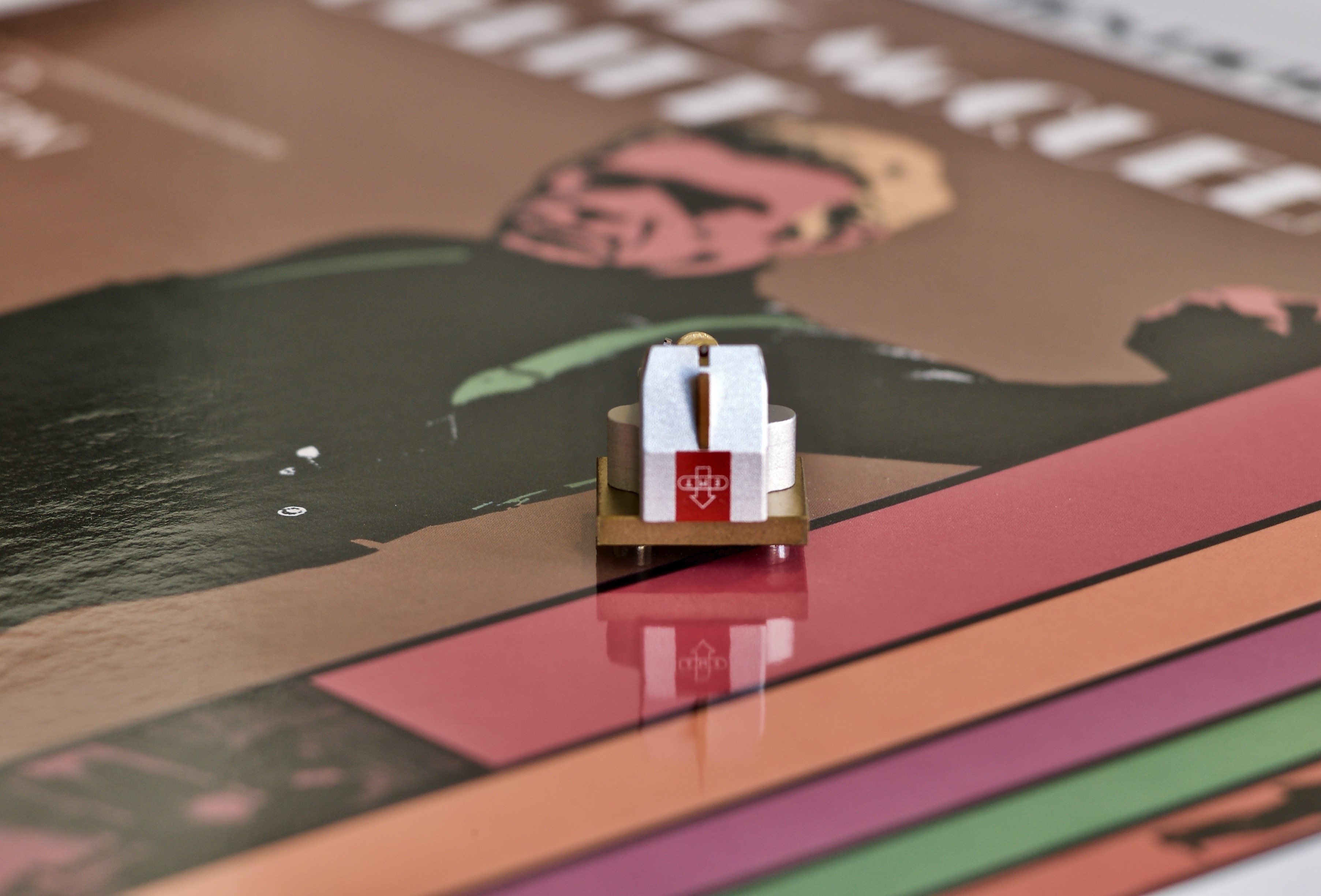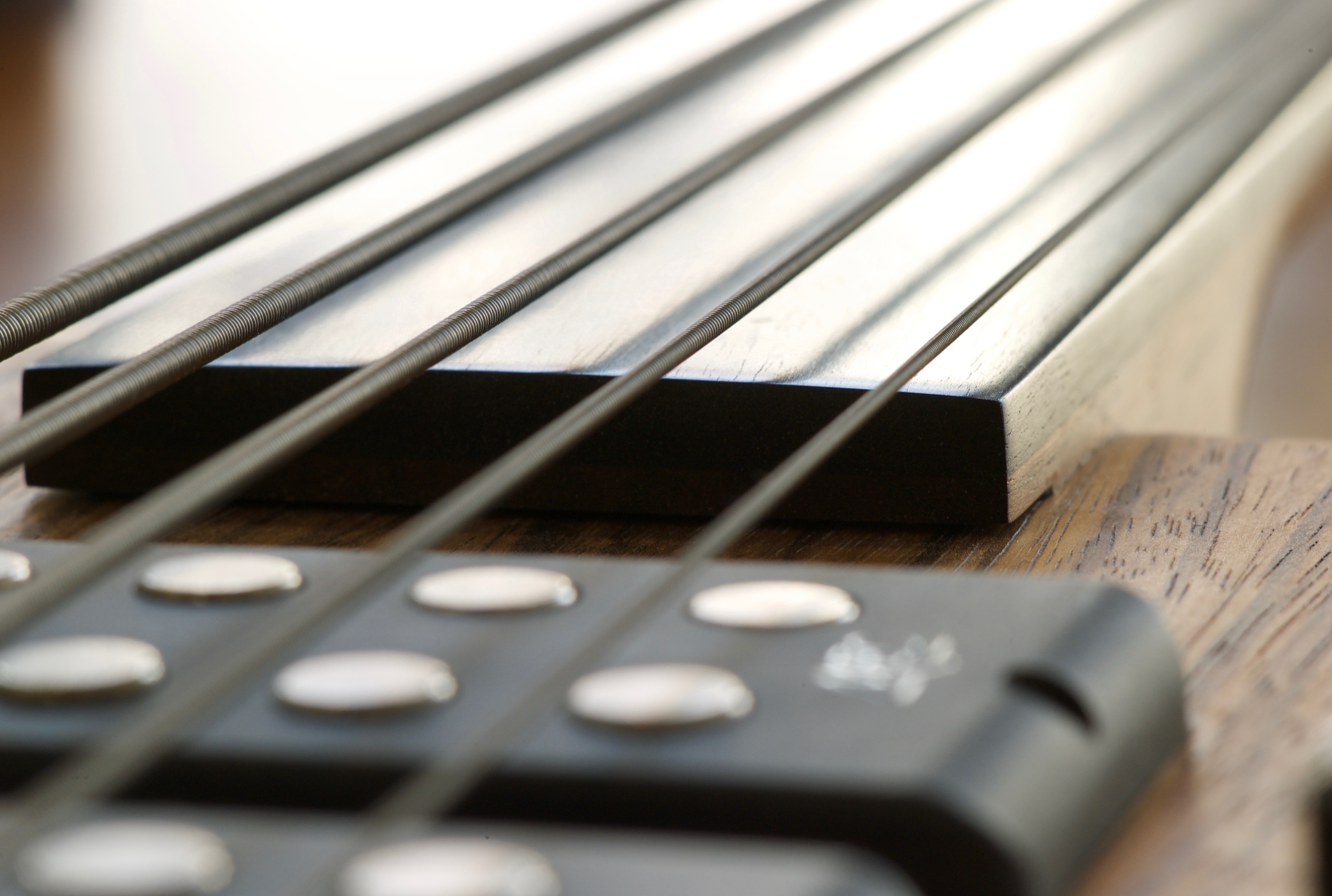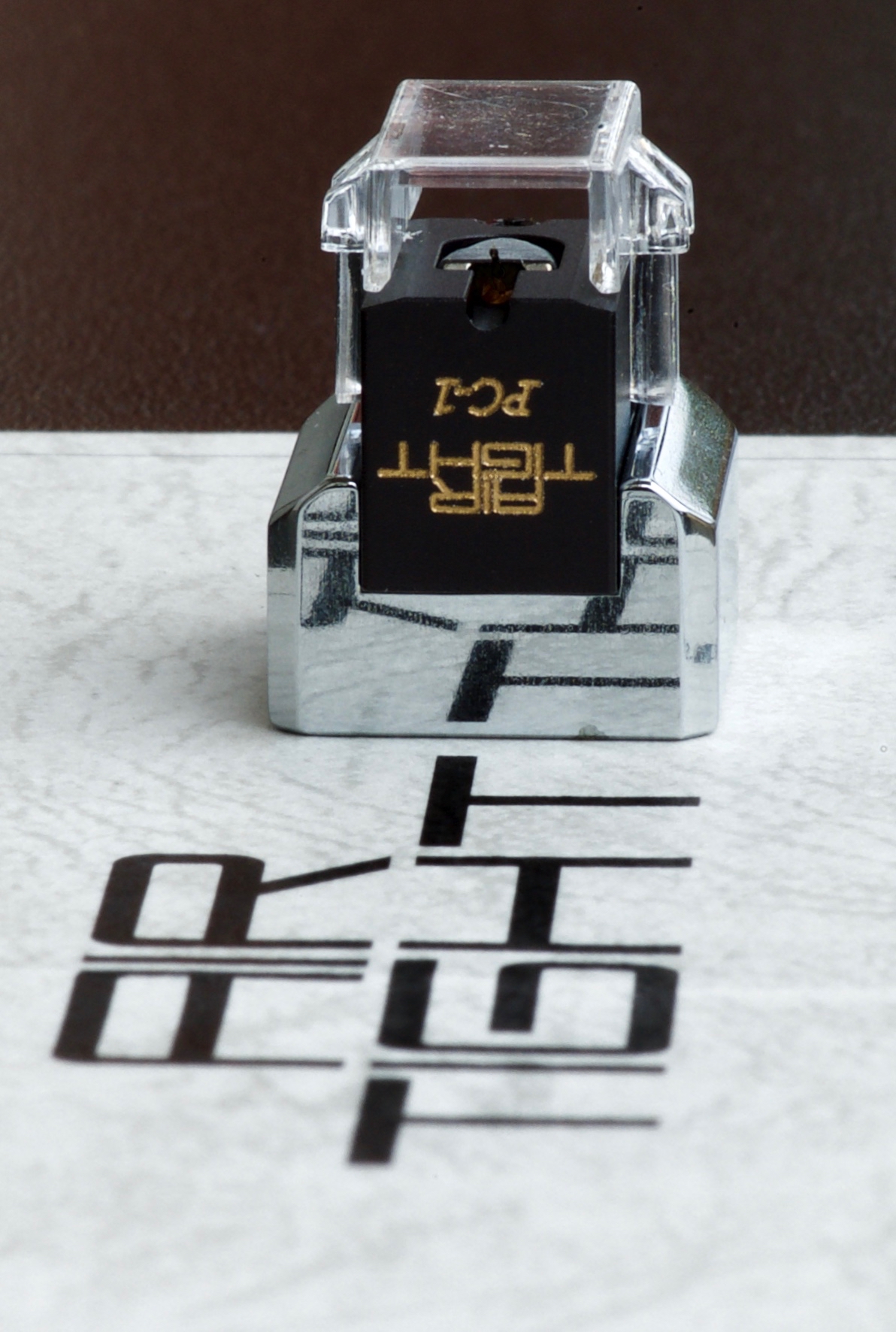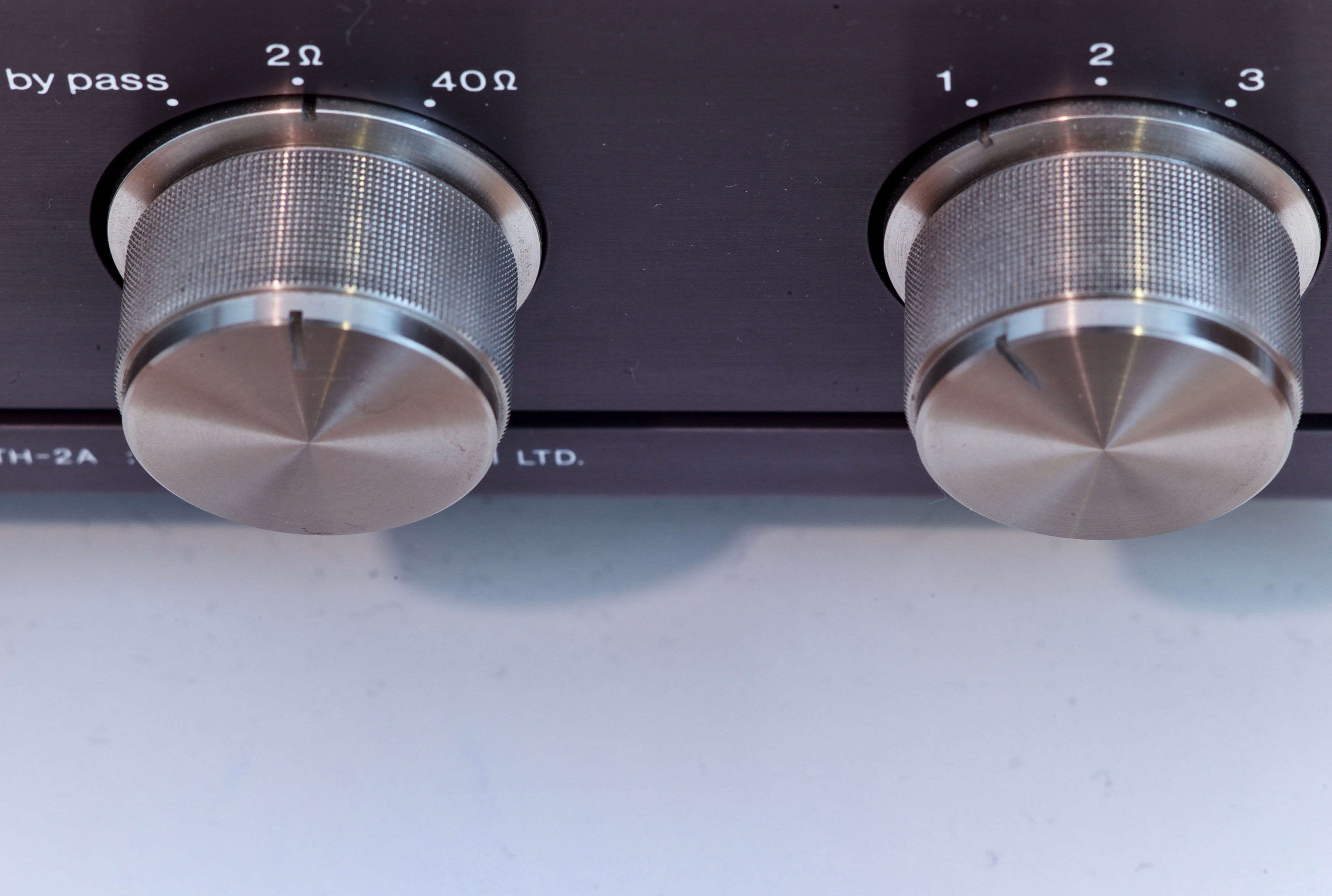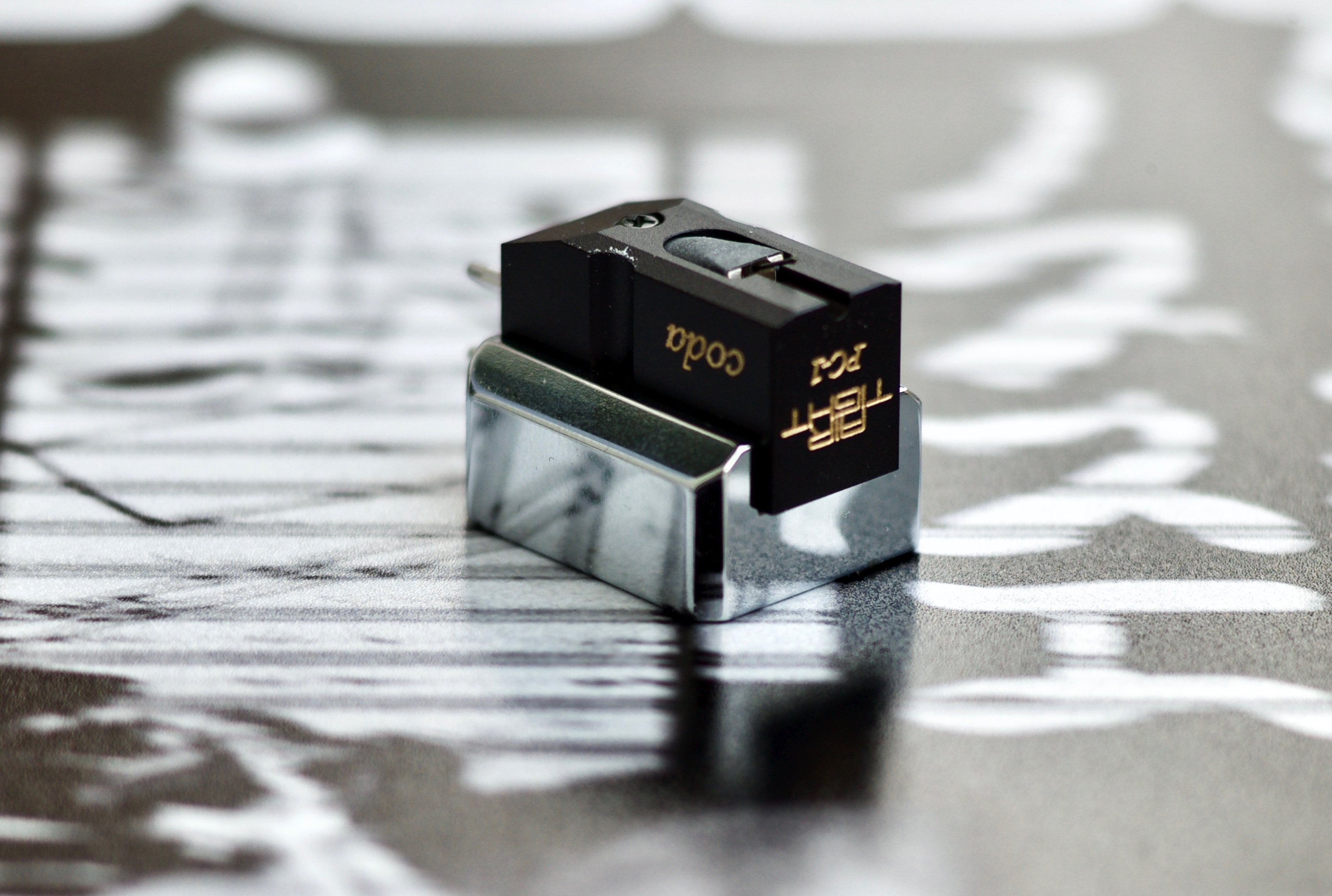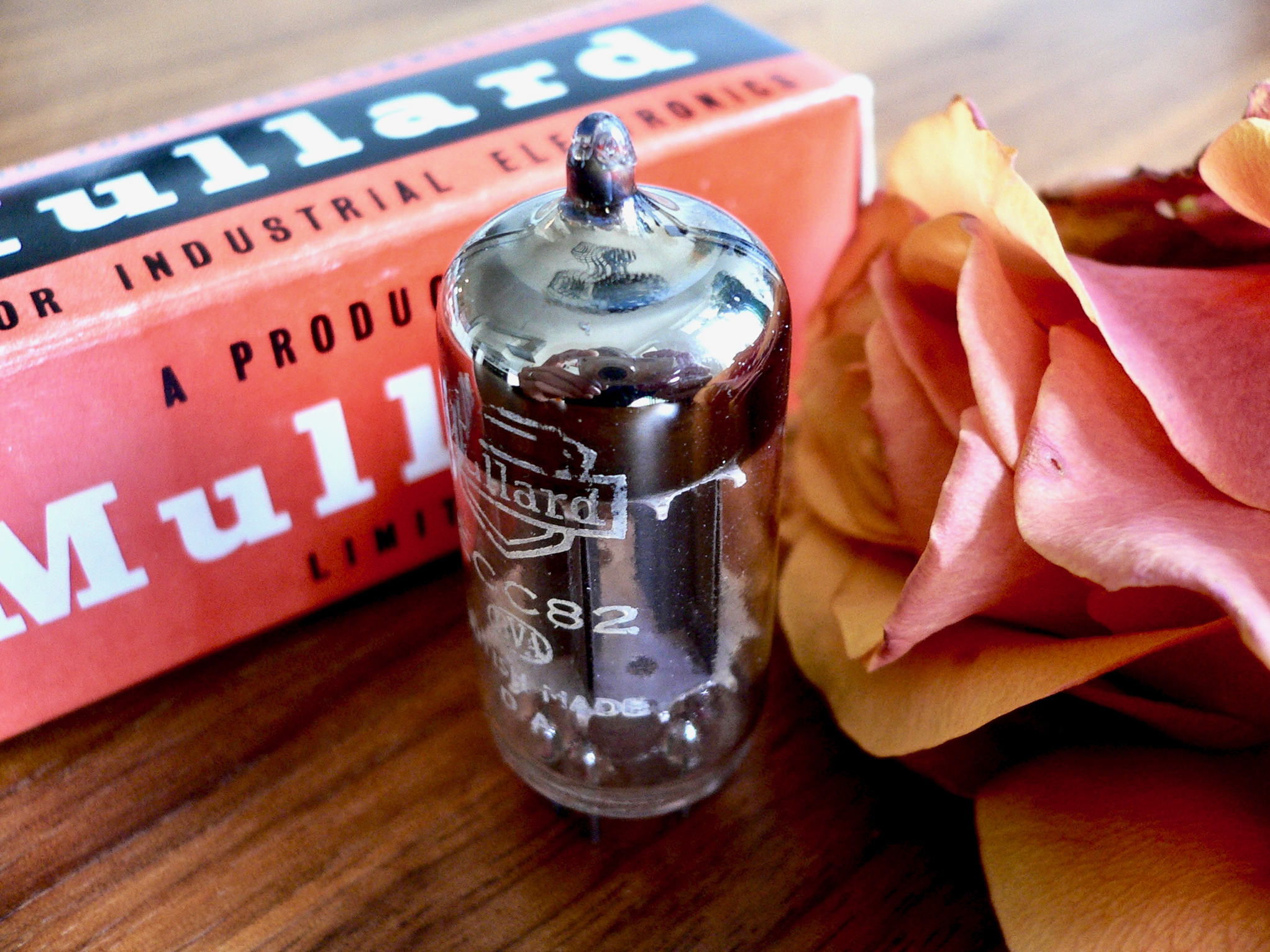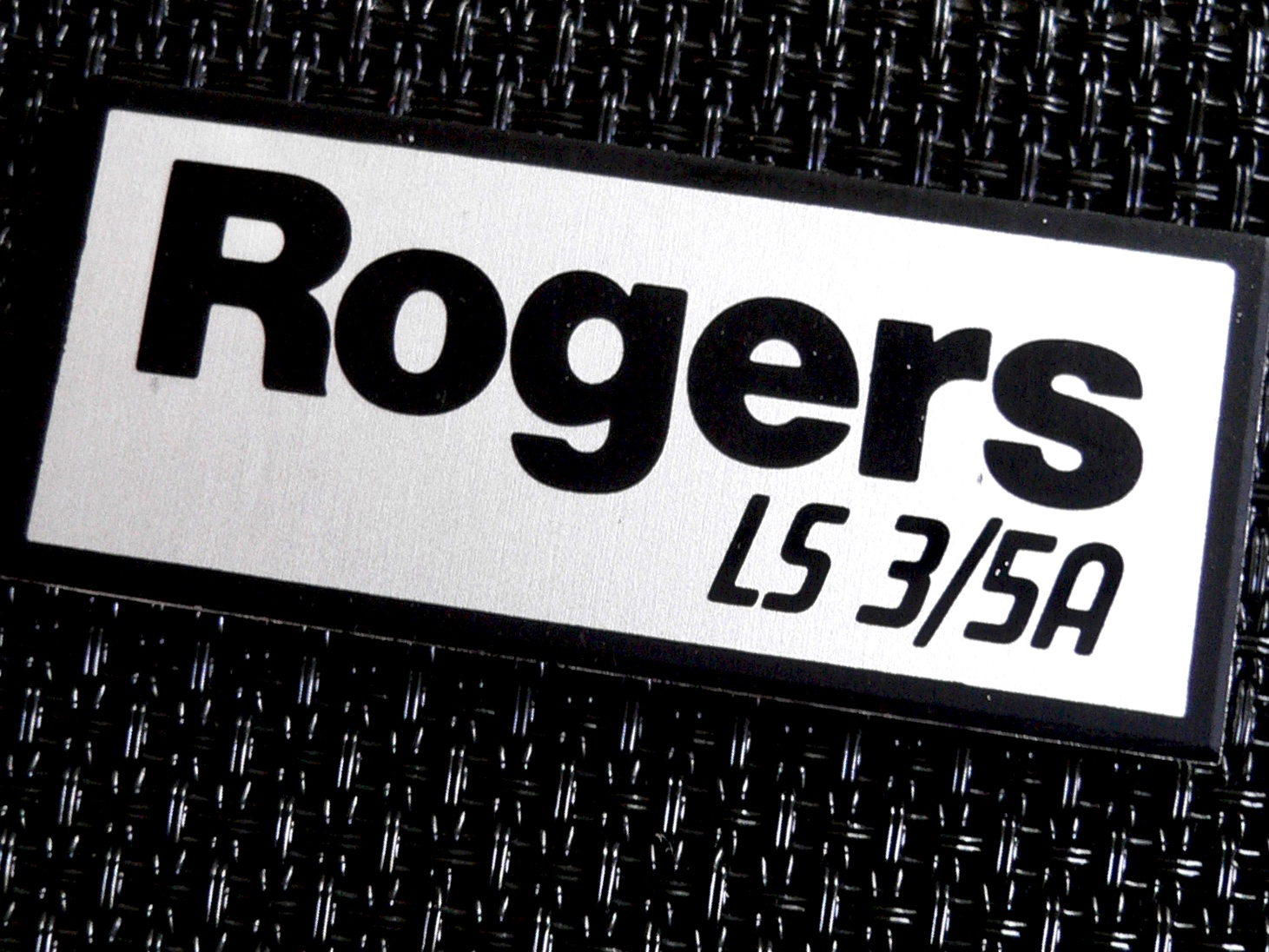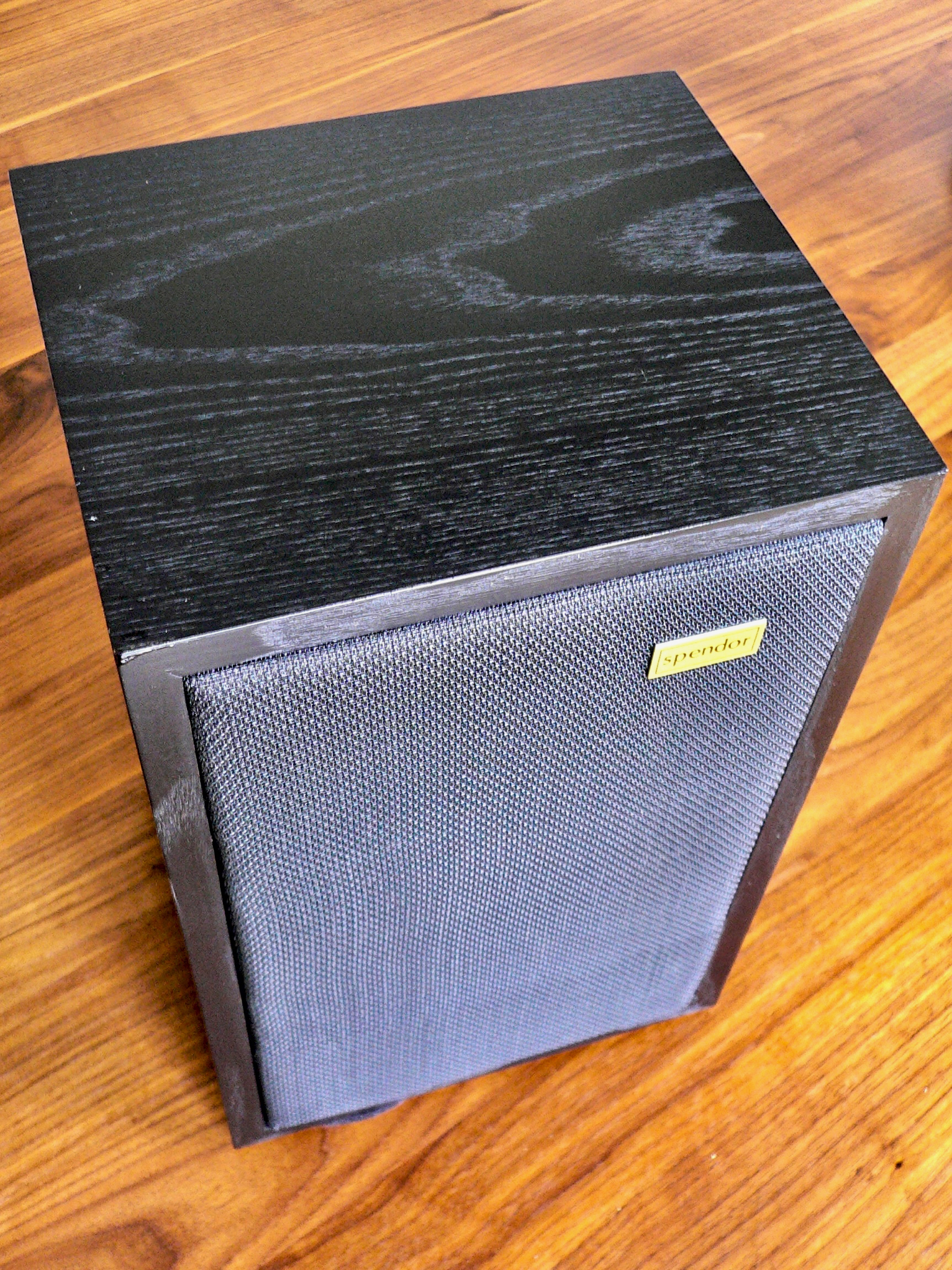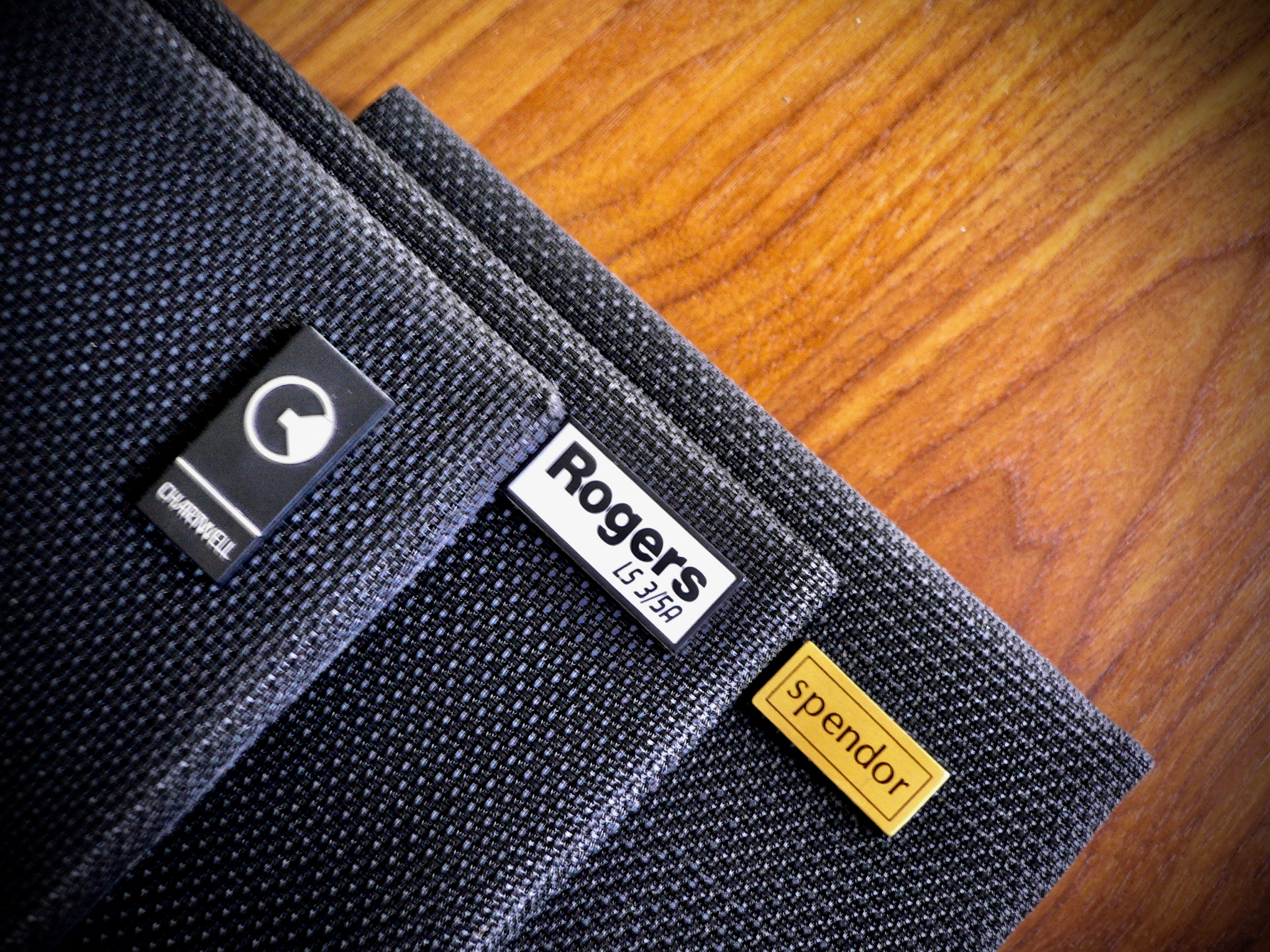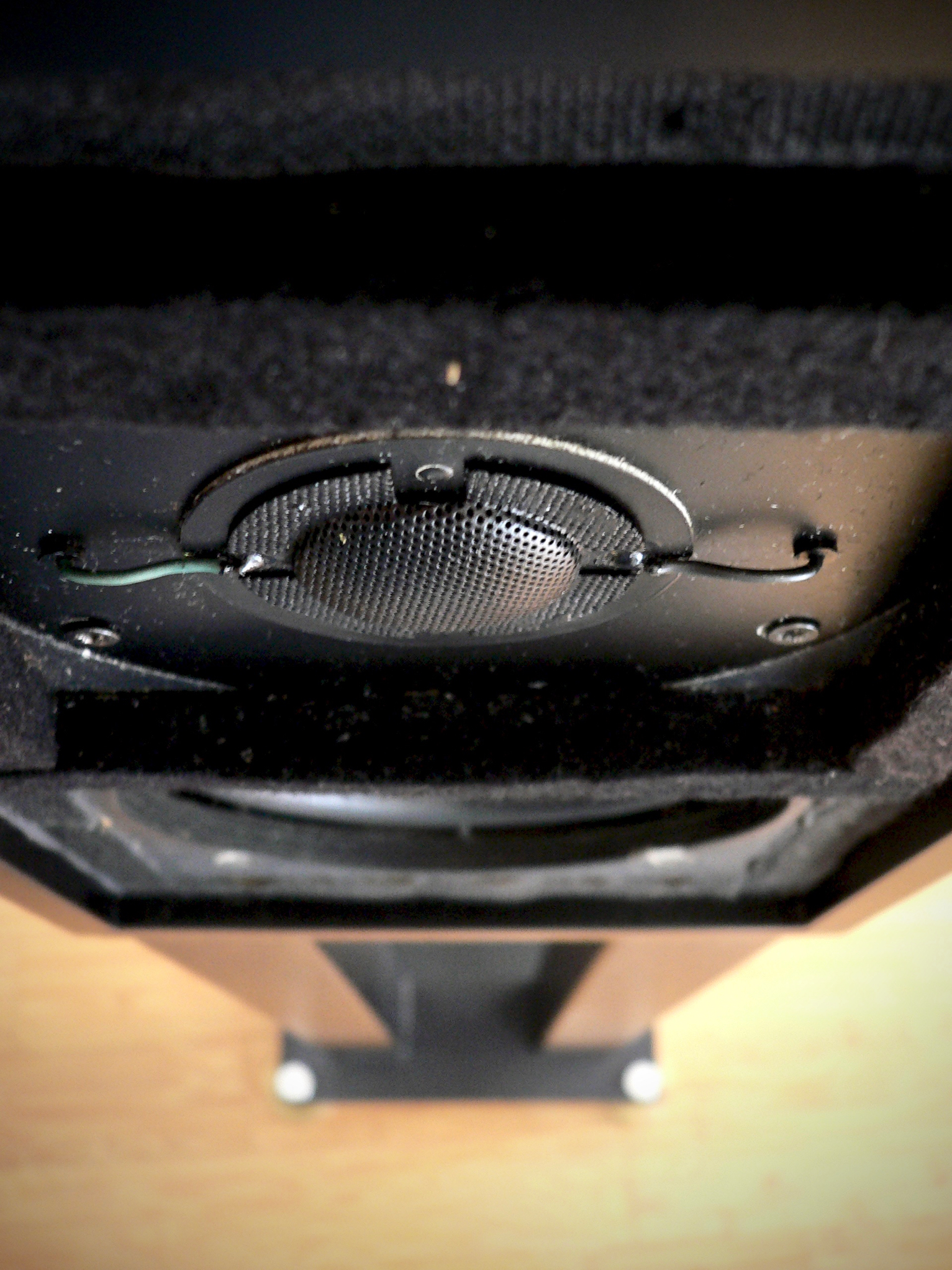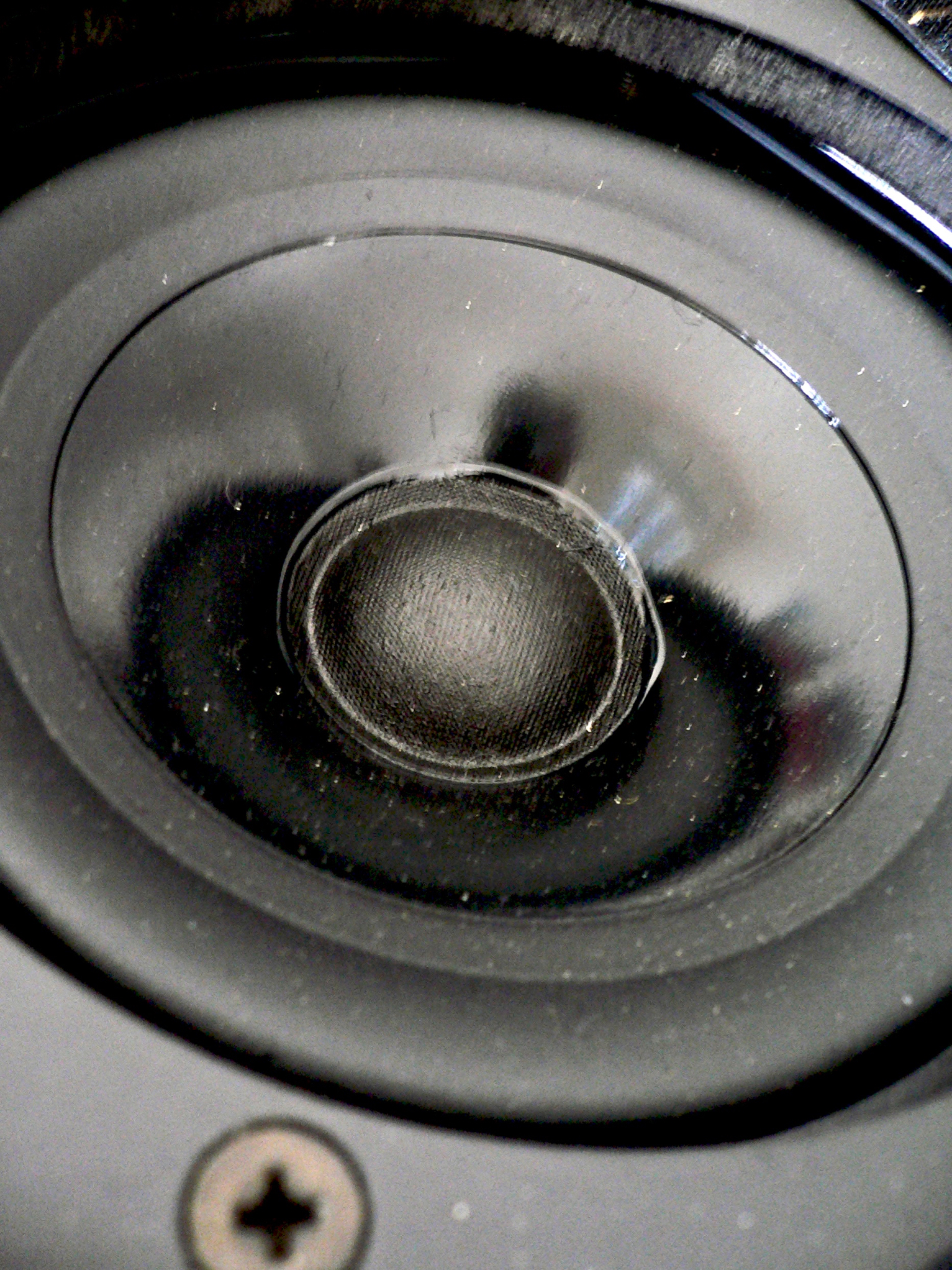In Part one we discussed in which way the difference between different tubes can be determined.This essay should give some global hints in which different brands of the most important NOS tubes of the ECC83 (12AX7) family differs in sound Gestalt used in a line gain stage only. Please read that again….I am only referring to a line gain stage – no driver, splitter or decoupling stage etc.!!!!The subject of the sound portraitures down below based only on long plate tubes made bevore 1960 – with short plates made in the 60ties (last century) the outcome would be different regarding Amperex and Mullard as also Siemens Halske ECC83 tubes.
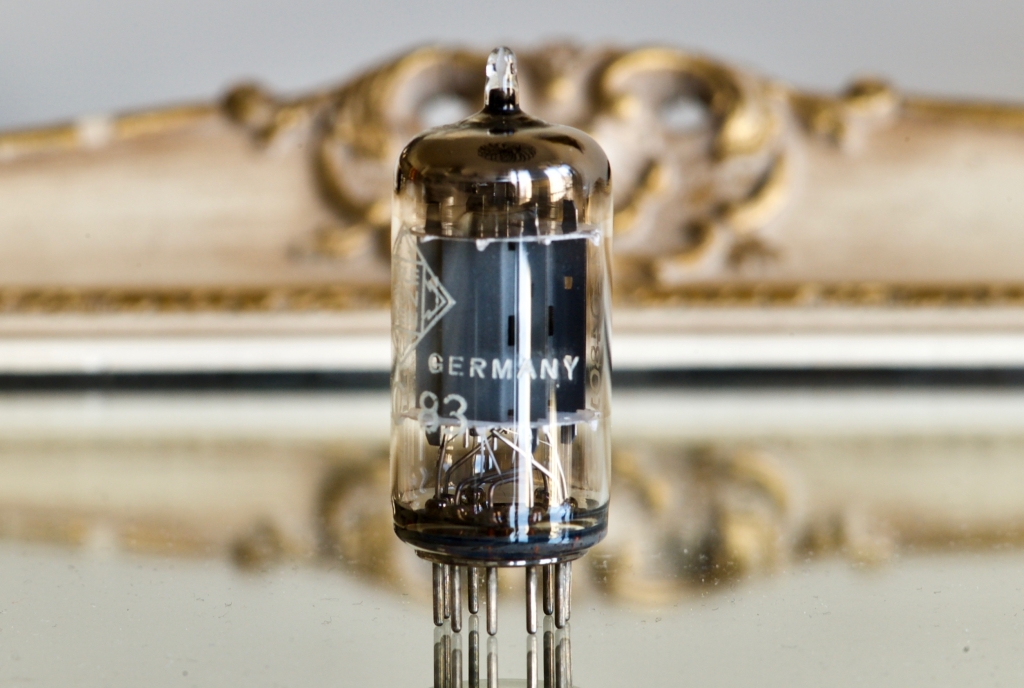
The difference between long and short plate versions of those legends are clearly detectable and in some special cases the colour in which the different tubes render the music changed during the changeover in construction dramatically.As a rule of thump – and just that….I would prefer the ultra classic ECC83 (12AX7) from the mid 50ties over there more „modern“ stablemates made from the beginning of the 60ties on.That brings us to the question why the tube industry once stopped making long plate ECC83 versions (letting alone Telefunken – the Tele ECC83 was ALWAYS a long plate ECC83)?The reason is, as you already guess – not the sound quality of those tubes, because we music lovers are not the market segment which was targeted by the tube industry…The main features of electron tubes was dictated by their usage in military environments. With the beginning of the cold war, military development and the speed in which all this took place was unparalleled in the history of mankind. Shortly after the second world war a fighter plane for example was driven by a piston engine and a propeller. The most powerful specimen could squeeze out of their V12 engines a figure around 2000 horsepower – which is really impressive…but already during the last years of the war the Messerschmitt ME 262 pointed towards a new direction – the jet engine!With this upcoming technology a lot more was possible as any designer of a piston engine could ever dreamt of – the angle off attack got smaller and smaller, the speed raised in unknown regions and the outcome was a tremendous increase of G forces a pilot has to withstand as also the tubes which supplied his avionic suite with the necessary electronic parts.As long plate tubes are much more prone to microphony and are not rigid if used with heavy G force loads – the industry had to go back to the drawing board. Born was the short plate construction, and also special military features as triple mica tube versions, double support rods to hold the getter ring – even special constructed or coated glas was developed and a lot of other techniques which made the electron tube robust enough to withstand a tremendous amount of mechanical stress. Imagine those little glowing glas bottles were used in military aircraft till the end of the 70ties – where a fighter plane was able to fly much faster as MACH 2!!!Now you might ask – why the hell the military aircraft industry used tubes throughout the beginning of the 80ties…??The reason was simple and very fiendish….If a nuclear weapon detonates a huge electro magnetic impulse (EMP) takes place – and this is sooo huge that a transistor would melt down in an instant.Later on the industry found ways to overcome that problem – but it took them some time…
A little side story:At in the beginning of the 80ties one Soviet pilot with his Mig 25 decided to emigrate into the west and landed his high tech super jet in Japan, the Japanese and US aircraft technicians were stunned as they opened some of the service flaps at the nose of the MACH 3 capable fighter jet and found…..tubes!Among them was a specific tube totally unknown in the western hemnisphere – a tube which got famous in the High End world, the 6C33C triode which Victor Lam helped to get very famous, as he used them to construct one of the finest SET amps ever made.Isn´t that a wonderful turn…..???
Lets get to more peaceful stuff and dive into the sound characteristic of some of the most famous long plate tubes of all time:
Telefunken ECC83 Long Plates:
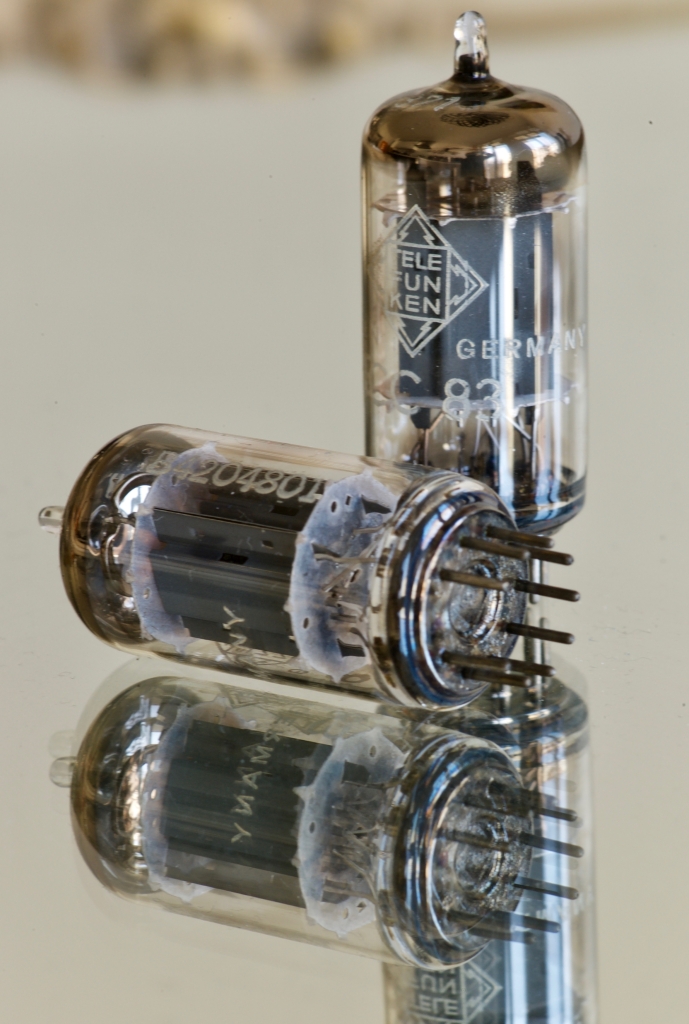
The Telefunken ECC83 comes in 3 different types, the Ribbed Plates, Smooth Plates and the very special ECC803S which is a frame grid construction and beneath the Tesla ECC803S, which copied that construction one of a kind.Putting the ECC803S out of the game for a moment to discuss the much more common Smooth and Ribbed Plates:Both tubes differ oh so slightly in their sound characteristic, and that difference can only be detected in very high resolution audio systems – because both share the same basic character – or better the lack of it.Both tubes are acting in a very neutral fashion, the only difference which makes the Smooth Plates for some audiophiles more desirable is the fact that the Ribbed Plates are slightly more analytic than its stablemate.This analytic touch refers to the upper presence section and the top end, were the Ribbes Plates are a little bit more energetic and can produce a slight glare, if the designed circuit is not up to the task.If your preamp or amp (remember – I discuss only the use in a gain stage) is a little bit more on the warm side of neutral it might be exactly the tube which the doctor ordered. So it makes no sense to divide Smooth and Ribbed Plates in different quality categories – they are both outstanding.If we start with the bass response of these classic masterpieces, we might be in for a surprise, because the Telefunken ECC83 creates one of the most realistic bass responses of all ECC83 tubes I ever heard – and I heard and possed a lot of them! A lot of internet rumor is dealing with a sound often described as a little bit thin and skinny….If your Telefunken sounds like that it might be a good chance that you picked a heavily used specimen far away from NOS or near NOS….True would be the fact that this tubes are acting very lively, fast and very articlulate. This is not a slow and heavy bass Gestalt it is full of tone and shares with you any shade of colour in a stunning realistic fashion!The mid spectrum is were the Telefunken is reference class – I know of no other ECC83 (12AX7) were this very important frequency range is rendered in a better, more realistic way – the only competitor comes from Telefunken itself – and it is the ECC803S!The dynamic shades the classic Tele can render is phenomenal and even more stunning is the micro dynamic behaviour of this masterpiece – it can sound so damn realistic that you sometimes think the artist is with you in your listening room! All these little things – a movement in the orchestra, a little breathing of the solo artists bevor he starts with his performance, a noise from a violin bow hitting the music stand…all this is rendered in a spooky realistic fashion. The Treble is open – yes it is very open, while the Smooth Plates ads a little touch of warmth to the sound were the Ribbed Plates does not – and are maybe the more neutral tubes?On the other hand this openess and uncoloured, almost neutral sound Gestalt can reveal any mismatch in your system – a wrong adjusted cart, a too lively room acoustics or harsh sounding digital playback will be rendered as it is…so there is no forgiveness in the sound of a Telefunken ECC83. But if your system is very balanced this tube is hard to beat – very hard indeed!The biggest competitor might come from the same company but a different plant – while all Telefunken ECC83 were made in Berlin, the ECC803S was born in the Ulm plant and was also produced there. The serialnumber of any ECC83 begins therefore with a capital letter B for the plant in Berlin, while Ulm produced Telefunkens have the capital letter U at the beginning of their number code!The ECC803S was made for very special applications, be it medicine technology or measurement gear as also the finest tele communications equipment and also audio applications. It is in ALL parameters a step ahead of the standard ECC83!That includes a phenomenal quietness and its unlimited resolution. This tube is a one of a kind super ECC83 and maybe the all time reference if we discuss neutral sounding ECC83 or 12AX7. The biggest problem – this thing is so damn rare and therefore so expensive, that the uninitiated tube lover will get a shock when it comes to the price figures real NOS examples can achieve today…some of us will buy a nice component or even a whole small system for that kind of money.So take this little excursion just as what it is ment to be…this thing was once in existence and has now nearly vanished from any circulation…get over it and lets continue!The soundstage a classic Telefunken ECC83 is able to produce could be one of its most important attributes….because this tube belongs to the rare breed, which is able to reproduce width and depth with the SAME realism. A lot of tubes are in existence which might be able to render a wider stage – but most of them will not have the same ability to give us the so much desired third dimension – the Telefunken does it all!This tube is one of the best possibilities if you are searching for some ultra competent ECC83 for your phono stage. It is so quiet, lacks any tendency of microphony or hum and can handle clicks and pops with their tremendous dynamic peaks in a way that those signals remain what they are, just short events – there is no compression of those nasty signals which will stretch them at the time domain – the last thing we would want in this particular application. One of the best ultra high end allrounder out there and a tube which can show the quality of a specific smplifier design – be it a power amp, a phono stage or a line stage!
Mullard ECC83 Long Plates, Goal Post Getter – the legendary MC1:

This particular Mullard was the first European ECC83 in existence – and it was only built for a period of roughly three years – so it is a very, very rare tube with a reputation second to none.There are audiophile tube lovers who are stock piling them, because they do not know how to substitute their unique sound character – and yes – that is an impossible task – nothing sounds exactly like the Mullard MC1.Its successor the F91 comes close to the unique performance of the MC1 and is not so damn scarce but the MC1 does all its special skills a tad better!What makes this tube so famous?If I should sum up what would characterise the special sound gesture of electron tubes – the answer might be – „listen to a Mullard MC1“.And there is a lot of truth in that claim – because this particular Mullard is the epitome of classic tube sound in the ECC83 family. It has a bold and powerful bass with a tremendous amount of texture in it. The bass is of that kind which hits you physically – you will feel the punch instead of just listening….This specific performance character will transform the listener to someone who is not anymore just listening – instead you get physically involved into the music. The midband is lush and extremely colourful and at the same time you get a three dimensional sensation in the lower mids, no other ECC83 can match this. The body of a singer is not anymore a flat section in between your speakers – it starts to be a real three dimensional human being. The presence is a little bit recessed – it is defensive in its ability to render micro dynamic swings – which gives the MC1 Mullard this warm and cosy sound Gestalt. If you are an opera fan – you are in for a treat, because even the most demanding soprano voice will be rendered that you think….lets turn up the volume, were other tube owners will think off doing just the opposite. The treble opens up in a very nice way – a sort of wet delicious treble performance with a lot of sparkle and shimmer. This tube gives you a delicate but also firm treble experience. Sibiliance sound so damn real and beautiful and are never rendered in a harsh or edgy style. The strings tone, this gems are able to produce is phenomenal – one of the best you will ever hear with ANY ECC83 – and even in big massed string sections the Mullard MC1 is able to separate the things without loosing its tremendous ability to speak with one voice. The treble has even a slight analytic gesture – but so smooth, that this kind of analysis will never be too much. I would call it exactely that amount of precision which makes the sound very believable and real!The stage rendering is big and bolt – it is like watching a cinemascope projection, truly amazing.On this stage the MC1 paints the individual sound sources not as strictly pinpoint events as a Telefunken will do – the Mullard uses a broader brush but has a phenomenal ability to be very detailed at the same time.What the Mullard can not do in such an impressive way – is to render endless layers of depth. The reason for this lack of three dimensionality is its slightly recessed presence range. The lower mids are rendered in spectacular 3D fashion – but the presence register lacks that ability and sounds more flat.The Mullard is not an up front sounding tube, the stage begins slightly behind the speaker plane and never in front of it.The whole bold sound Gestalt is like a warm cape which embraces you – an amazing experience!The MC1 is not comparable with any later made short plate Mullard – which sometimes can sound a little bit dull, because they lack the stunning resolution in the upper treble the MC1 has in spades.But keep in mind – such a MC1 Mullard is no tube to fit all ECC83 positions in an audio chain – because at the end it would be too much of a good thing – but it is a phenomenal possibility to voice a system.I like to use this tube in line gain stages or the input section of a power amplifier – not so much in a phono stage which is the result of its somewhat slightly coloured sound signature.Such a MC1 can be magical with a modern high resolution cart…because it kills any hint of harshness in an instant – what is left is a high resolution smoothness which is hard to achieve with anything less than this legend!It matches very, very good with a Telefunken ECC83….I would call it a dream team!
Amperex Bugle Boy 12AX7 Long Plates Foil D Getter:
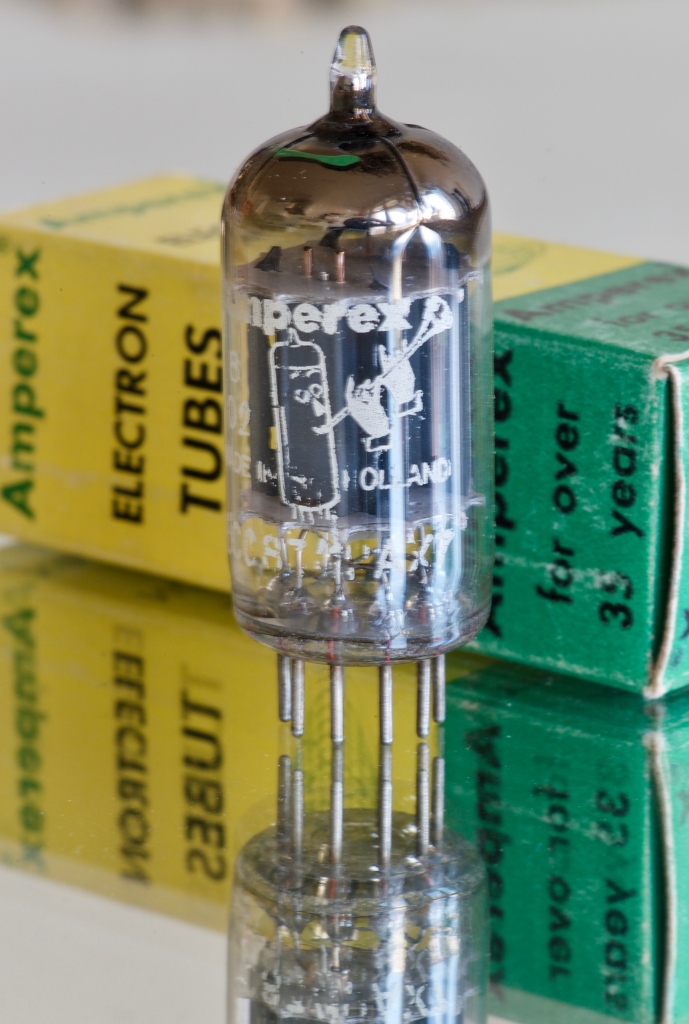
The Amperex is the next legend in this gallery of some of the most famous ECC83 tubes ever made.The Amperex can be also found (the European labeled version) as a Philips Miniwatt – both are exactly the same tubes (for more information, please refer to my Amparex story on this blog).This legend from the Netherlands is as scarce as the Mullard MC1 – because it was made also only for a period of three years. This particular tube is a little bit the opposite in sound aesthetics than the Mullard MC1, because it is slightly recessed in the lower midband (were the Mullard shines) and very, very lively in the presence section (were the Mullard is slightly recessed). The presence rendering will transform the acoustic presentation to a near erotic experience. If you ever listen to a well recorded female vocal, you will think twice about the last sentence, because all the air and presence of the vocal is rendered in such a phenomenal dynamic way, that your brain tells you, the singer is very, very close to you. The reduction of distance makes this tube a very intimate experience, the up front Gestalt delivers a three dimensional sensation which I never heard with any other ECC83!This comes at a price – if you are a classic music fan listening to masses strings, you might notice that the Amperex emphasizes the bow over the tone. Strings will come closer to you – because presence is always equivalent with being close to the sound source and you will get a more rhythmical presentation as it would be if the Amperex were close to neutral in its performance – which it is not.This tube is something special for vocal fans as also pop and rock lovers – there are maybe better choices if you are a classic music lover!But – do not get me wrong – we are speaking about nuances – if you only roll such a tube in just one spot in your entire system it cpuld be transformed from something very nice to something magical!. So the same I mentioned already in conjunction with the Mullard MC1 is also true in the case of the Amperex – do not overdue it….and enjoy a tastefull tube mixture!!!!If your system is very balanced throughout – this little tweak can make it all….The Amperex Foil D Getter ECC83 can not be substituted by any other tube I know off – which makes this thing as desirable as the Mullard MC1. If your speakers are a little bit recessed in the presence spectrum this tube can also correct such an imbalance in a phenomenal way. The stage of the Amperex is somewhat smaller as with the Mullard MC1, but it is rendered with pinpoint accuracy and let you easily locate each instrument in a very precise fashion. The real sensation is its ability to render the third dimension, the depth of the sound stage – which no other tube can do in a comparable way.As the Mullard also the Amperex is a „tuning“ tube which should not be used in a phono stage. First the special character will form our source signal in such a dramatic way, that we have to fight in all other stages to get back a balanced system performance – and secondly, maybe more important….as these tubes are so scarce today the chance to get some phono grade ones is close to zero….So use this magical „Holodeck“ tubes like a three star coock is using spices…try to get all the three dimensional sensation without loosing any neutrality. To do so, the Amperex will match up perfectly with a Telefunken ECC83….
Lets have a small break…..I already guess what you think at this point:„Let´s put Mullard MC1 and Amperex Bugle Boy Foil D Getter Long Plates together in our tubes audio system…., to achieve true magic.“I can assure you – I had this idea already – and it does not work!In fact the sound becomes so unbalanced and coloured, that all the magic is gone for ever – which is a good example of investing in some of the best small signal tubes of all time a huge amount of money while ending up with something which sounds totally inferiour to the stock tubes your device came with!!!!!So be warned – think about the three star cook….
Valvo ECC83 Long Plates 45° O Getter MC2:

This Valvo was made in the plant in Hamburg during 1958-1959 being not a relabeled Philips Miniwatt (from the Netherlands) and is somewhat unknown outside of Europe.Most American tube lovers think it is just something been made from the Herlen Factory in the Netherlands – but it is not.This specific Valvo is a development from the Valvo factory in Hamburg and is one of the highest quality ECC83 which can be found!If we have to characterise its sound, it would fall in between the Telefunken ECC83 Smooth Plates and the Amperex Bugle Boy Foil D Getter – and that is something which could work wonders in your system!The Valvo 45° O Getter Long Plates are capable to be used in a phono stage – be it a high gain type or something under 40db of moving magnet gain!This specific tube is as noise free as the Telefunken and does not compress clicks and pops which do not stretch these nasties at the time domain and sends them close to the border of our awareness.What this particular long plates tube gives us is a stunning neutrality with a hint of that sexy Amperex 3D Gestalt and the ability to shorten the distance between us and the recreated performance of our beloved vinyl records.The Bass is super fast but at the same time bold and powerful. It does not hit us like a Mullard will do, but it has a punchy expression which can hardly be ignored. It lets us feel the music with our heart and soul while also the intellectual oration is clearly there! It combines in an unmatched fashion exactly these two levels of music listening culture.The Midband is phenomenal clean and uncoloured while the upper presence has an up front character. Treble and air are oh so slightly warmer rendered it is the case with a Telefunken ECC83 – but is is a very subtile amount of warmth which does not sacrifice the fantastic resolution these tubes are capable of.Combined with a hard to describe liquidity it is another aspect of what people think a classic tube sound should be.It is a very competent aesthetic which we hardly are able to withdraw.The Valvo is not a kind of „tuning“ tube – it can be used in a wide range of tubed gain stages be it a phono stage, a line preamplifier or the gain section of our power amps.A very, very competent all rounder with an amazing sound Gestalt!And one of the most flexible long plate tubes ever made!Like the Telefunken the Valvo MC2 has this hard to describe, almost scary ability to render microdynamic shades which can make all the difference in realism of a music reproduction system!The stage dimensions are close to what the Telefunken is able to create with just a tad more lively 3D rendering in the presence register as also a little recessed rendering of the lower midrange.This tube sounds warm AND detailed at the same time – which is very seldom seen character and can transfor a whole system in something truly magical – one of the rare breed of true all round super tubes in the ECC83 family!
Siemens Halske Long Plates Double Getter Support MC1 – M5:

The Siemens Halske is a tube which can be used in the gain stages of our phono sections, like the Teleefunken ECC81 and the Valvo MC2. It is as noise free as the Telefunken with the same ability to deal with clicks and pops. But the Siemens is not for everyone….It is nearly the opposite of what unexperienced people think a tube should sound like…which of course is not more than a stupid simplification.The Siemens MC type long plates have a tremendous amount of resolution – in that aspect they are the only substitutes to the Telefunken ECC803S. This resolution comes without any grain or harshness and is super smooth. It is like you drinking a sip of really cold mineral water on a very hot summer day – got the picture???This is not a warm tube, it is tremendously open and agile and full of details and can show layers of colours without any restrictions.The Siemens does not only produce one of the most open and dynamic treble and air renderings of all long plate tubes – it delivers an unbelievable powerful bass at the same time. With the Mullard MC1 together it is the only European tube wich can compete with the Bass Gestalt of some of the best US tubes !This characteristic results in a somewhat defensive mid band spectrum which attaches a slightly HiFiish sound colouration which is typical for the famous Siemens MC types of tubes. This HiFi character is more prominent if you buy later MC Siemens…like the MC3 – 5. The first two versions show this special character in a more subtle way!The Siemens is able to render an amazing stage width as also a phenomenal depth. The ability to show us the back wall of a concert hall is outstanding – you can WALK trough the soundstage and if you close your eyes it is not anymore your listening room you are sitting in – you booked raw 3 and are touched by the music in a very immediate way!If we plug too much of these little wonders in our tube amp chain – the Siemens will transform such a system in something were I would use the term „audio microscope“…. Some of us will like this veuyeuristic style of listening – but to avoid shifting the whole performance to something we can have nuch cheaper with transistor gear, the system must be voiced in a tremendously balanced way.And…a very important hint….if you use real vintage gear – the Siemens Halske MC long plates ECC83 can transform such an old classic system in a way you hardly believe….These are real super tubes in terms of resolution and bass power – and with the Telefunken ECC83 one of the best choices to be used in the gain stage of your phono preamp! The type of resolution can be truly magical – but do not overdue it….music should retain its holistic Gestalt….
RCA 12AX7 Black Plates JRC:

This military version of the RCA 12AX7 is one of the best quality American 12AX7 ever made!The standard version became very famous by guitarists around the world, because classic Fender amps do only sound as the are supposed to – with this legendary 12AX7. So you will compete with a large number of musicians while hunting for those tubes which are getting more and more scarce today. The JRC version is even rarer but it is worth to look for exactly this specific tube, because its sound is even nicer than the standard RCA.The first thing we will notice if we switch from any European super tube to these American gems is the deepest octave of our music:Only the Mullard MC1 and the Siemens Halske MC1 and MC2 can compete with this type of bass rendering. The bass has a phenomenal dynamic as also a tremendous amount of real punch – but it is not the fastest bass Gestalt we heard till this point. The attack of the tones are slightly rounded while the tone in itself has a very dense character!The mids are a little bit comparable to the Mullard MC1 – warm and very rich in colours and textures – fantastic!What separates the RCA from the Mullard is the higher presence register – were the Mullard is slightly muted, while the RCA shows a tremendous openess killer dynamics! Think about a clean Fender guitar sound – and you get an idea…this crystalline presence with a slight touch of glassy gesture is typical for this legendary tube!It enriches the musical performance of an amplifier in a very special way: As the Amperex Foil D Getter tubes this RCA is able reduce the distance between you and the recorded vocal performance in such a way that we face an intimate performance with a high degree of emotional involvement. The RCA lacks the ability to show layer after layer in the third dimensio in comparison to the masterpiece from the Netherlands. It is able to render a huge stage width but the sound Gestalt is clearly flatter than with the whole illustrious European circle above.At the top of the spectrum the American tube seems to be slightly recessed which might be a result of its highly dynamic presence rendering – a sort of masking effect occurs. The attack speed raises towards higher frequencies. As a result we have a very fast response from around 800 – 1Khz to the upper limit of the spectrum. While the bass response lacks that immediate action the interesting thing is – the tubes does not sound incoherent…far from that.The RCA shows also all the attributes not so much involved audiophiles would suggest a classic tube sound should be. It can be nirvana in any power amplifier gain stage but beware to use this stuff in a phono stage or even a line gain stage – the colouration would be much to heavy!
The RCA has a visceral sound Gestalt – it is like you are able to touch the musicians and it has the ability to let you dive into the music. This tube touches your heart and soul – and is a top recommendation for those people who like to listen mostly to rock music!
This is only a selection of some of the most famous long plate ECC83 tubes – so it is not a complete overview – and it is my humble take on giving you some basic sound descriptions to make tube rolling more predictable.It the next chapter I will discuss the two tube families ECC81 und ECC82 and in which they differ from its stablemates ECC83….so
stay tuned
E. Strauss
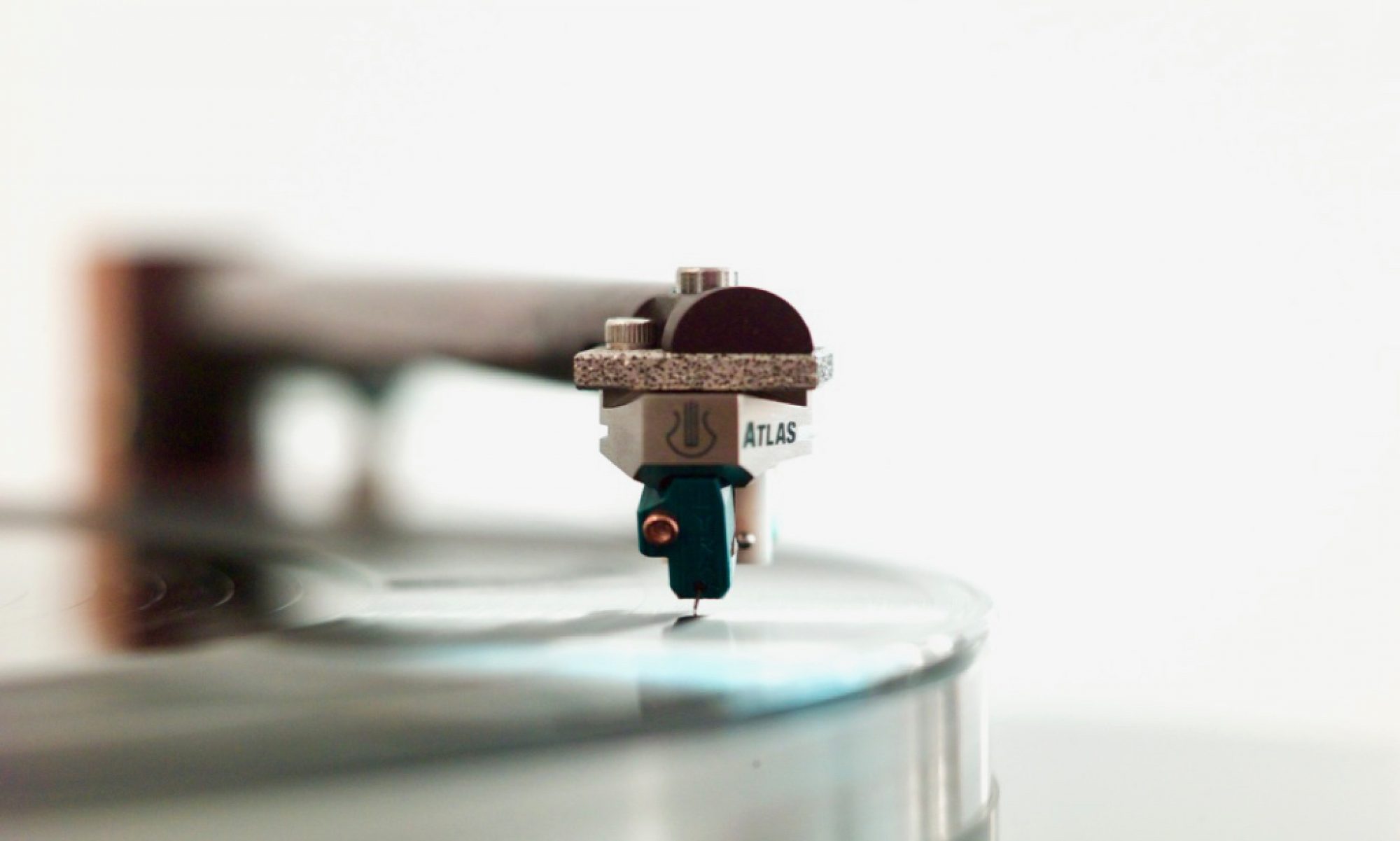
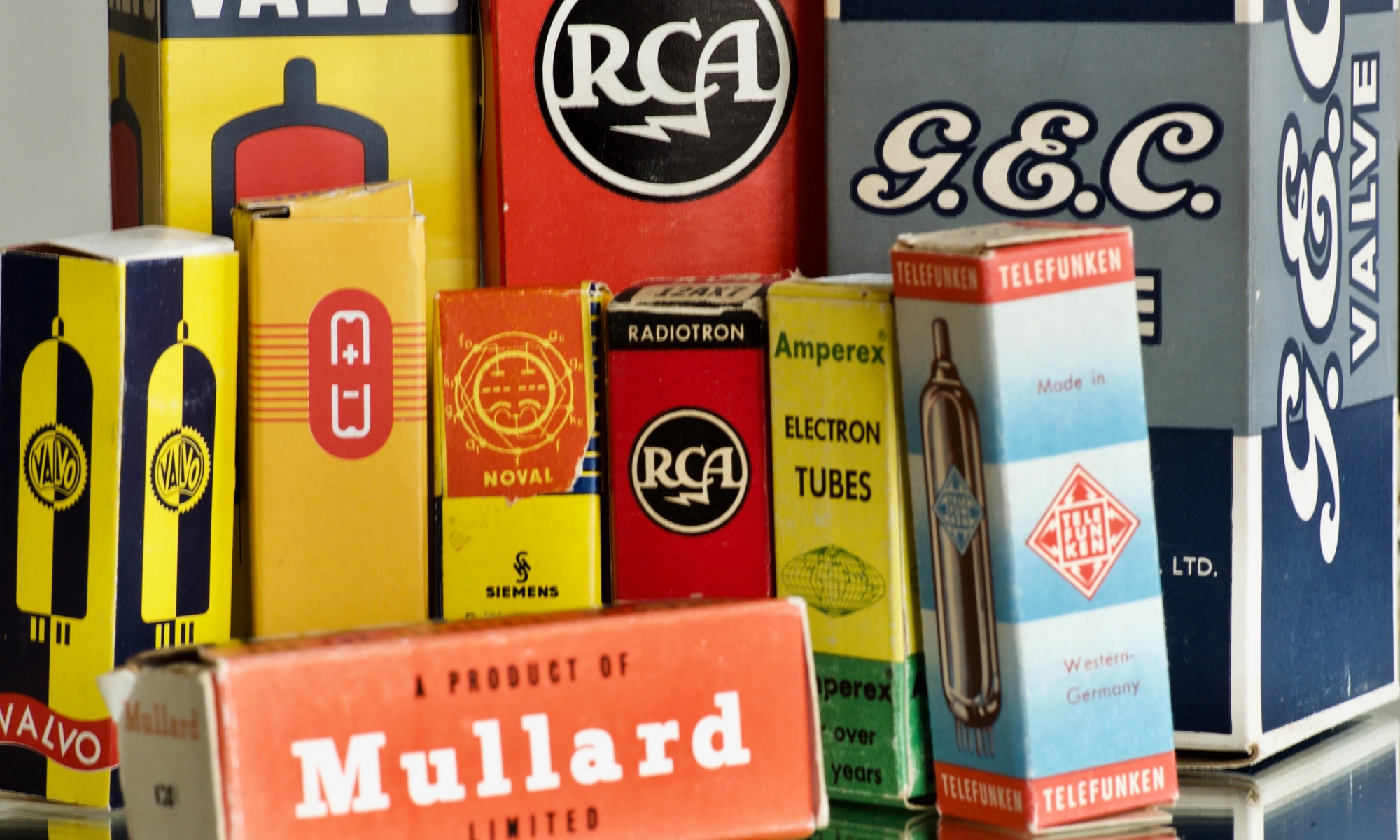
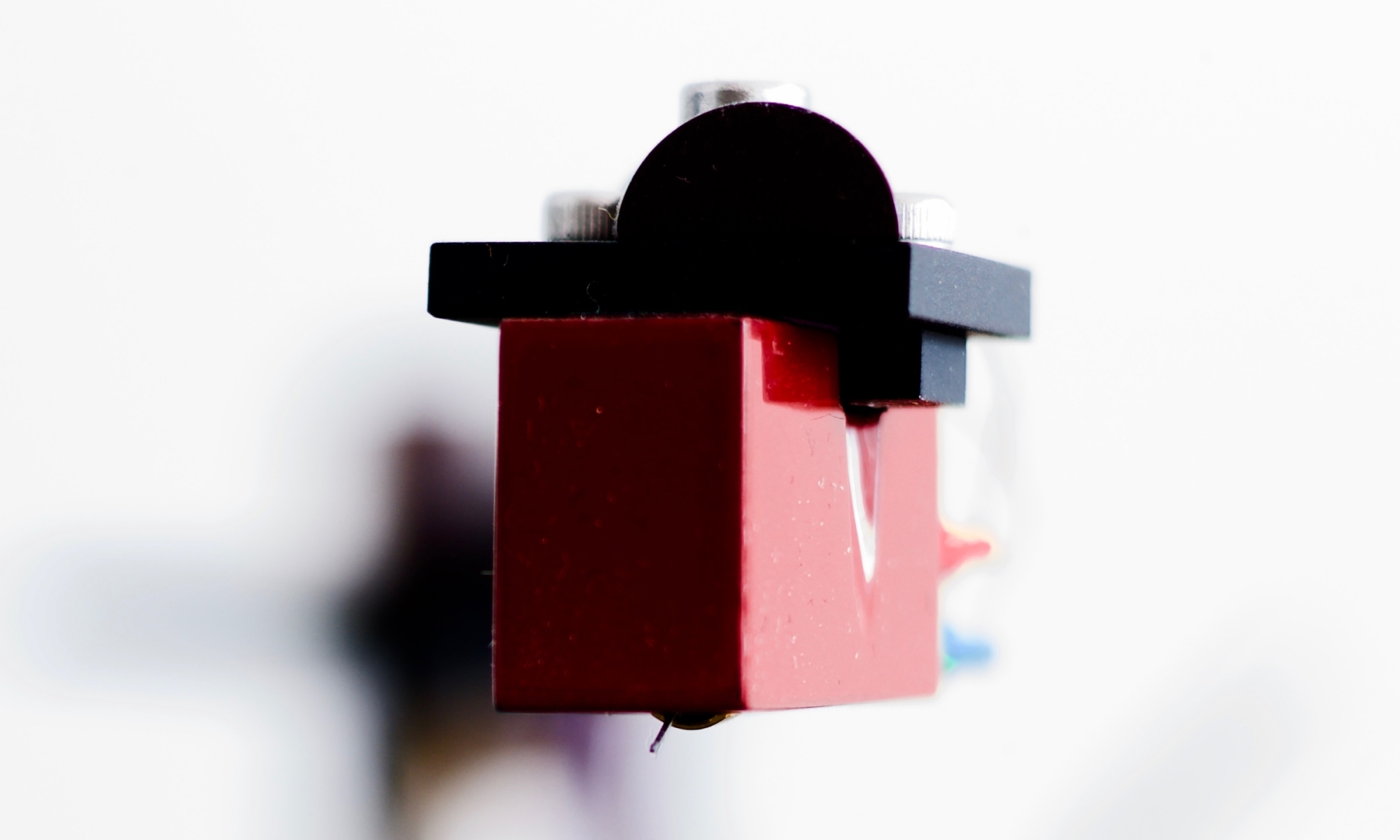
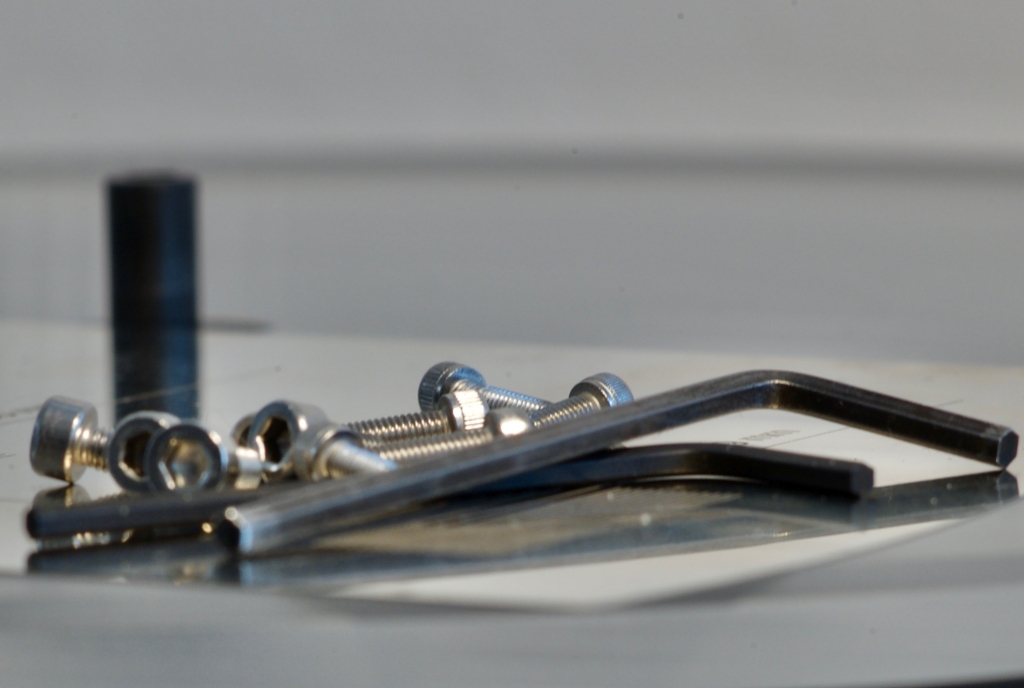


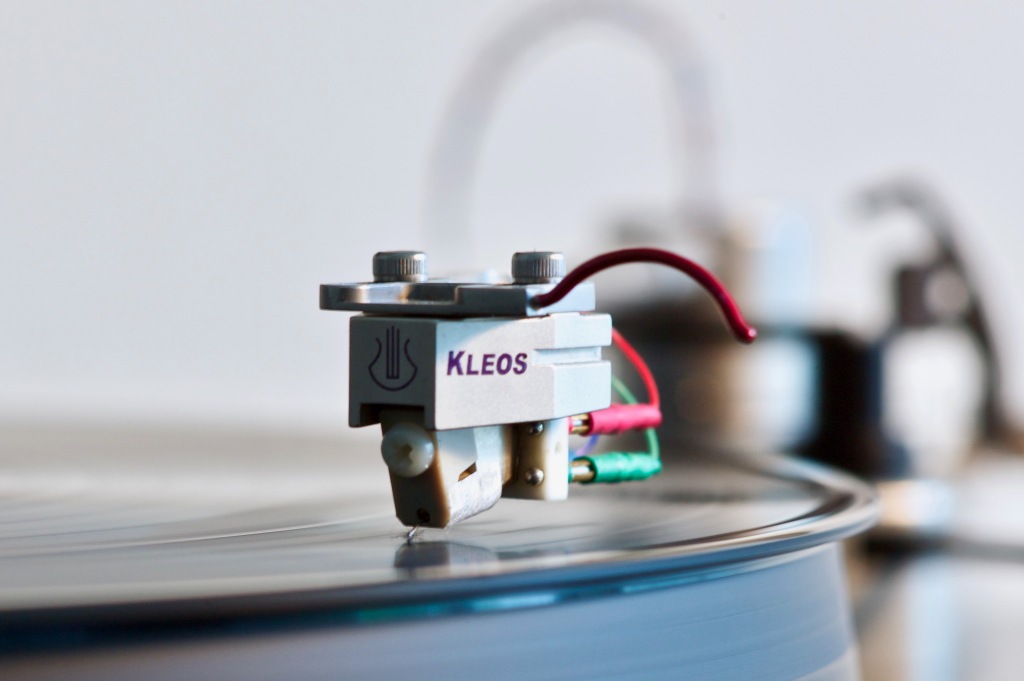
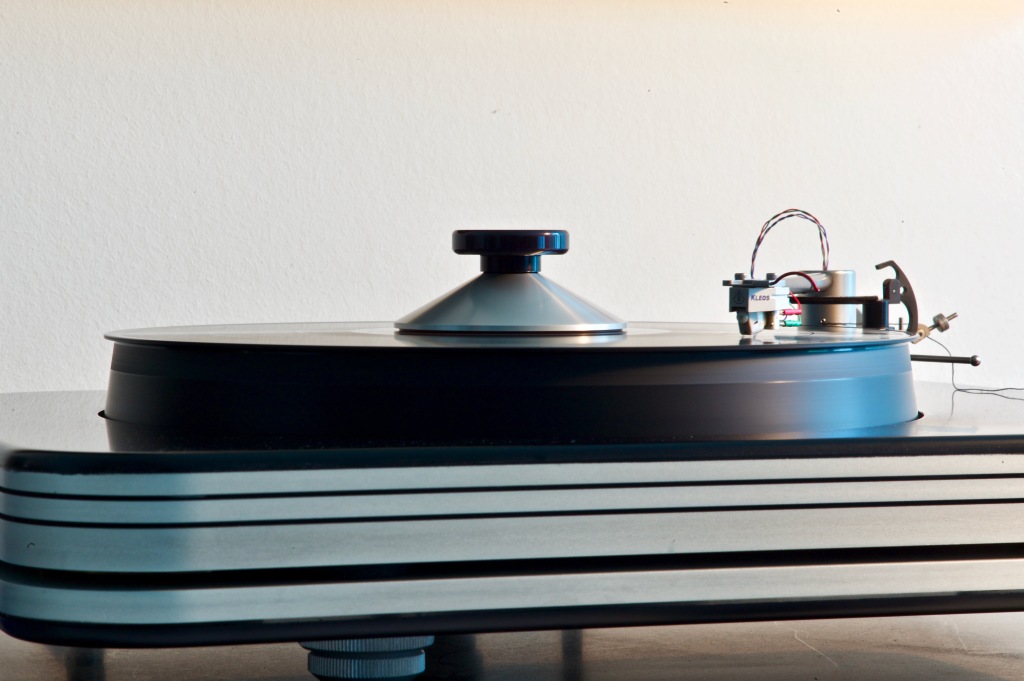
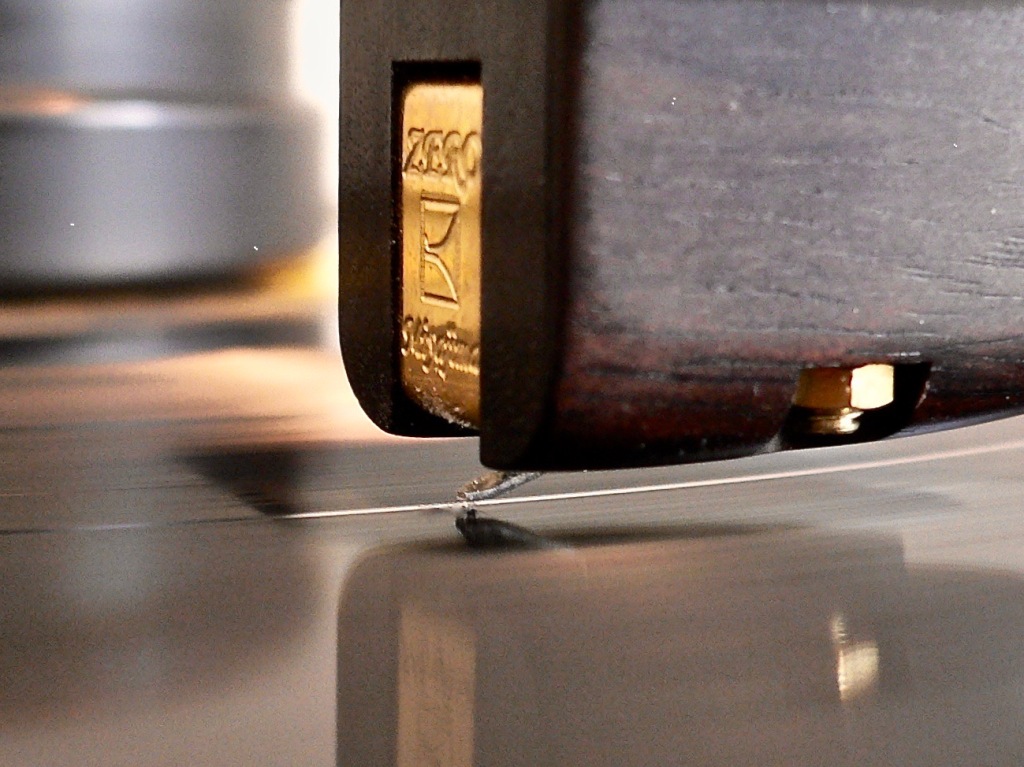


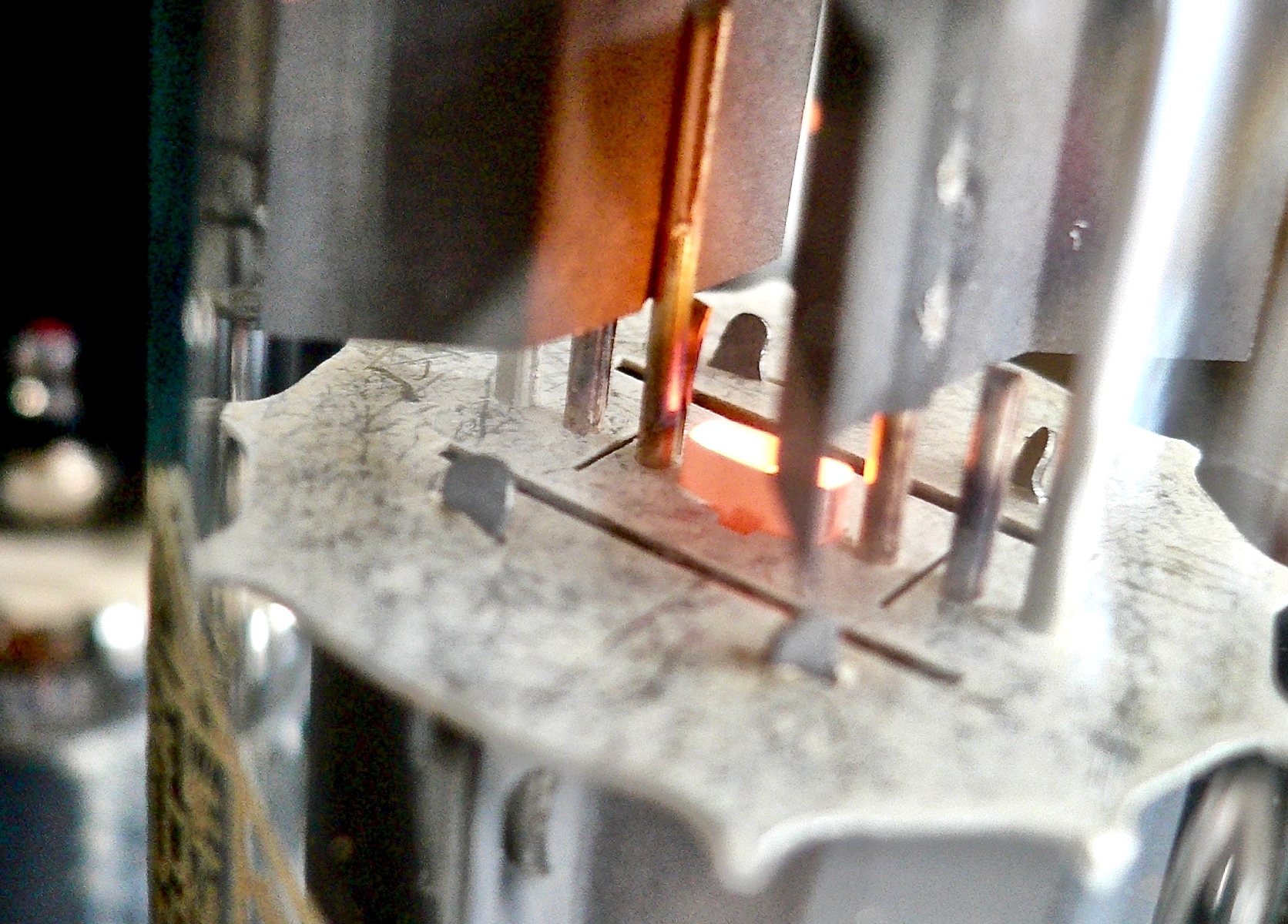
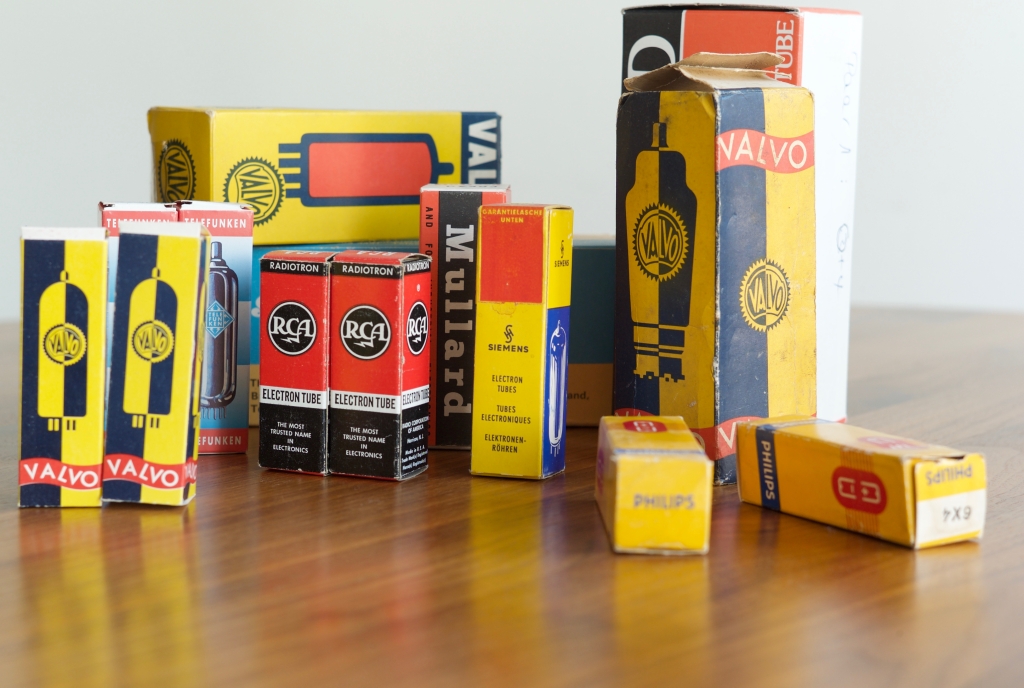

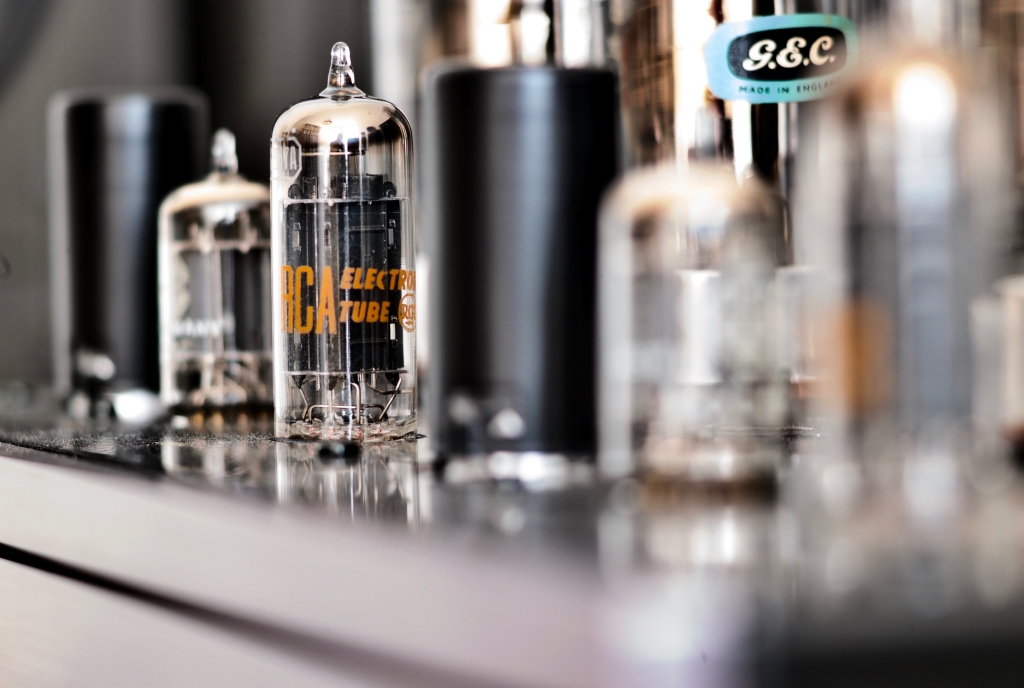
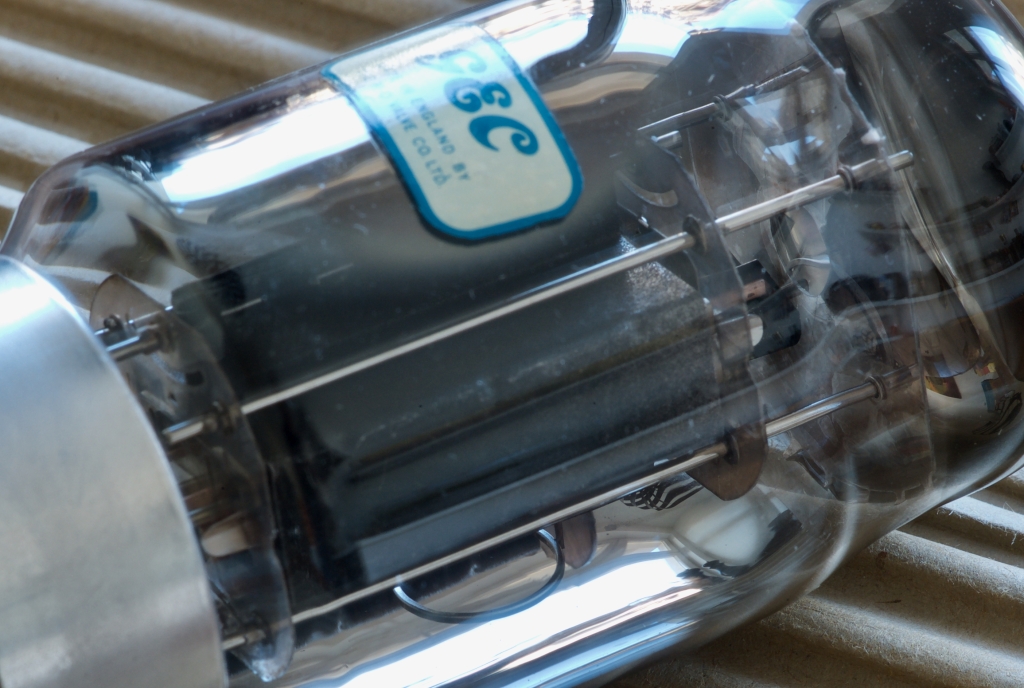

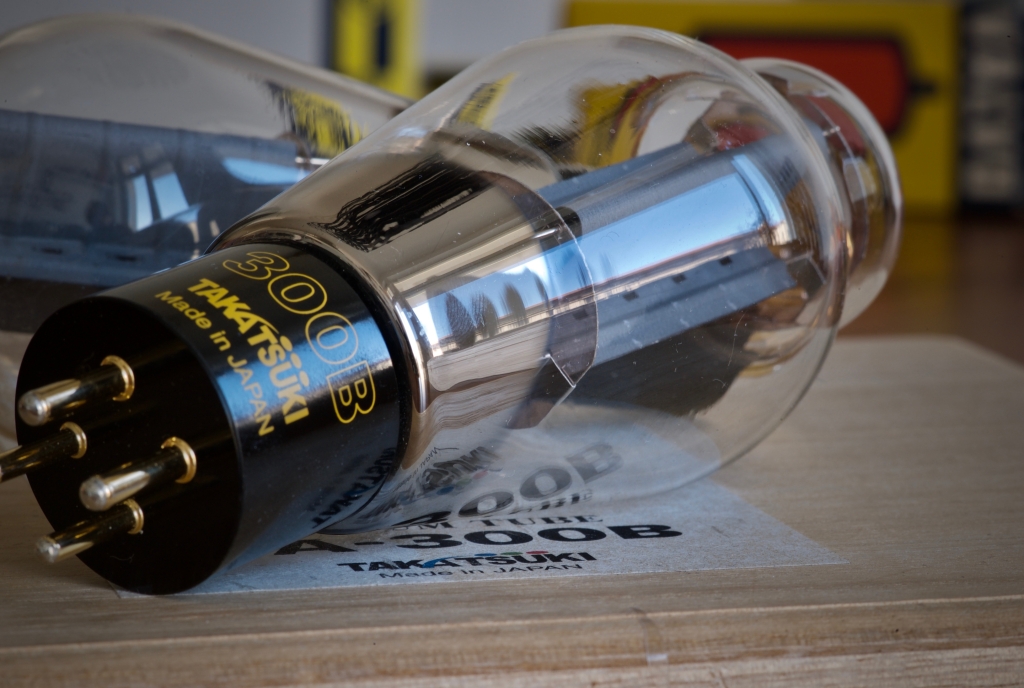
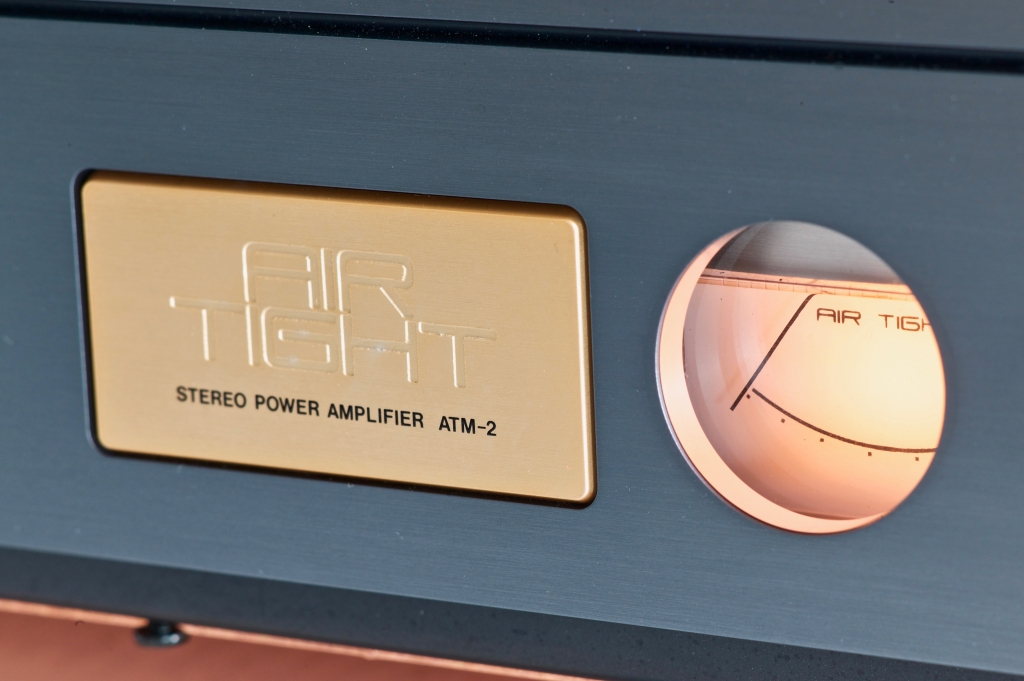
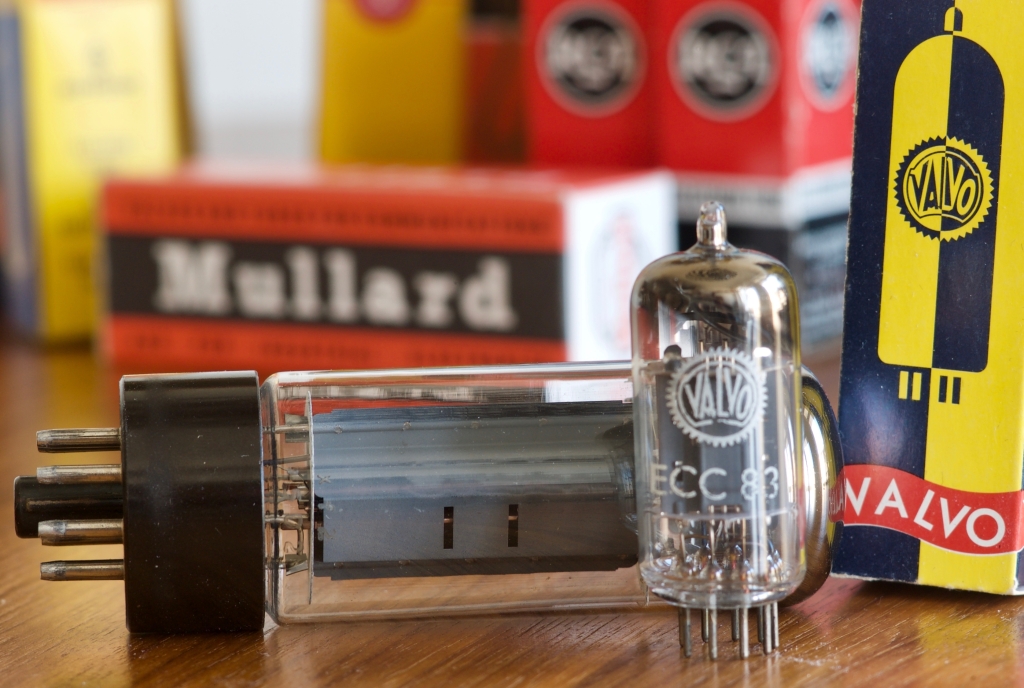

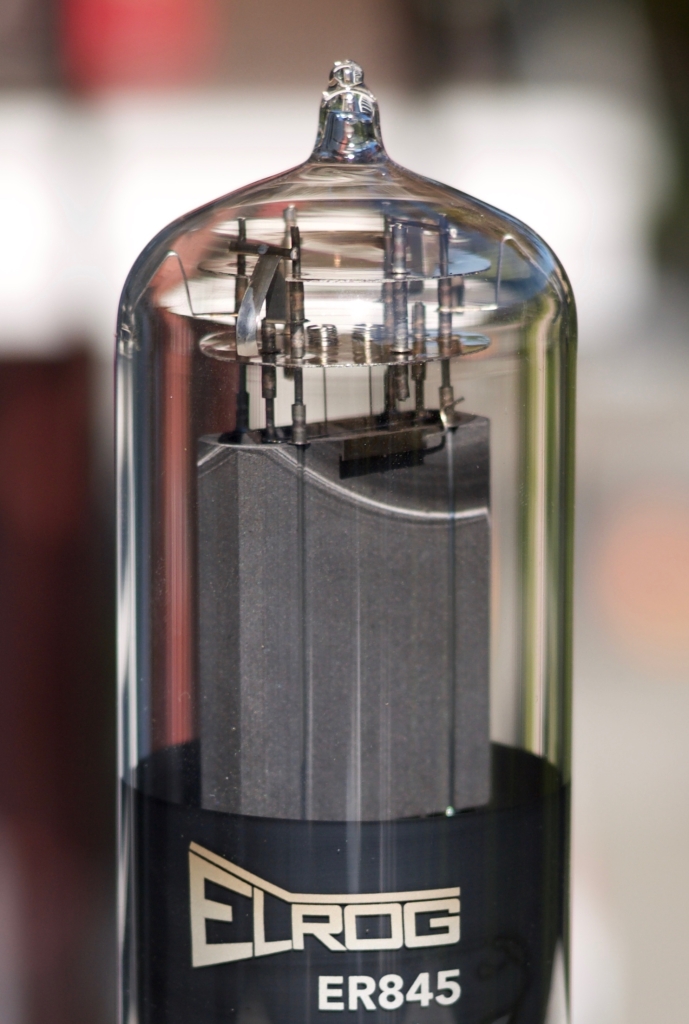
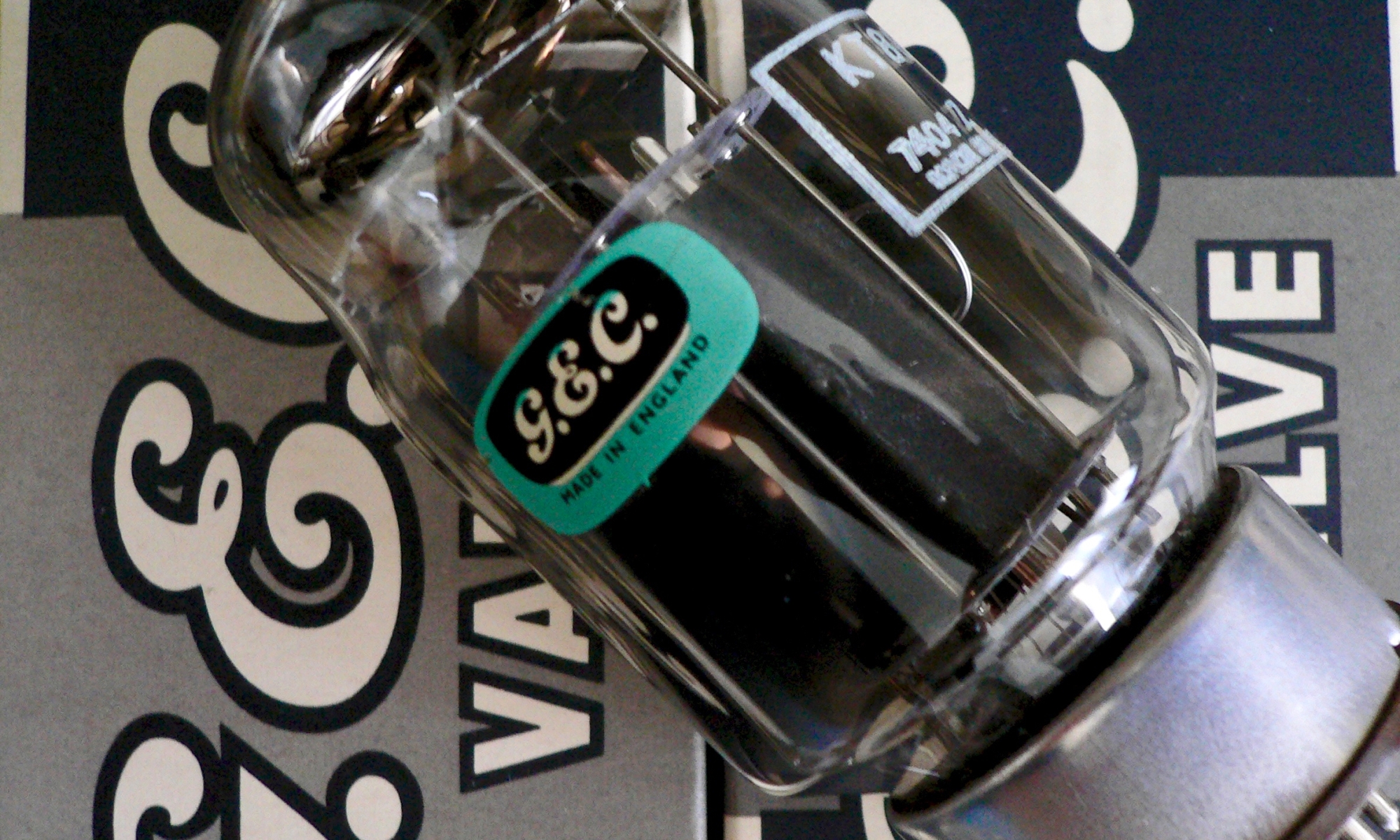

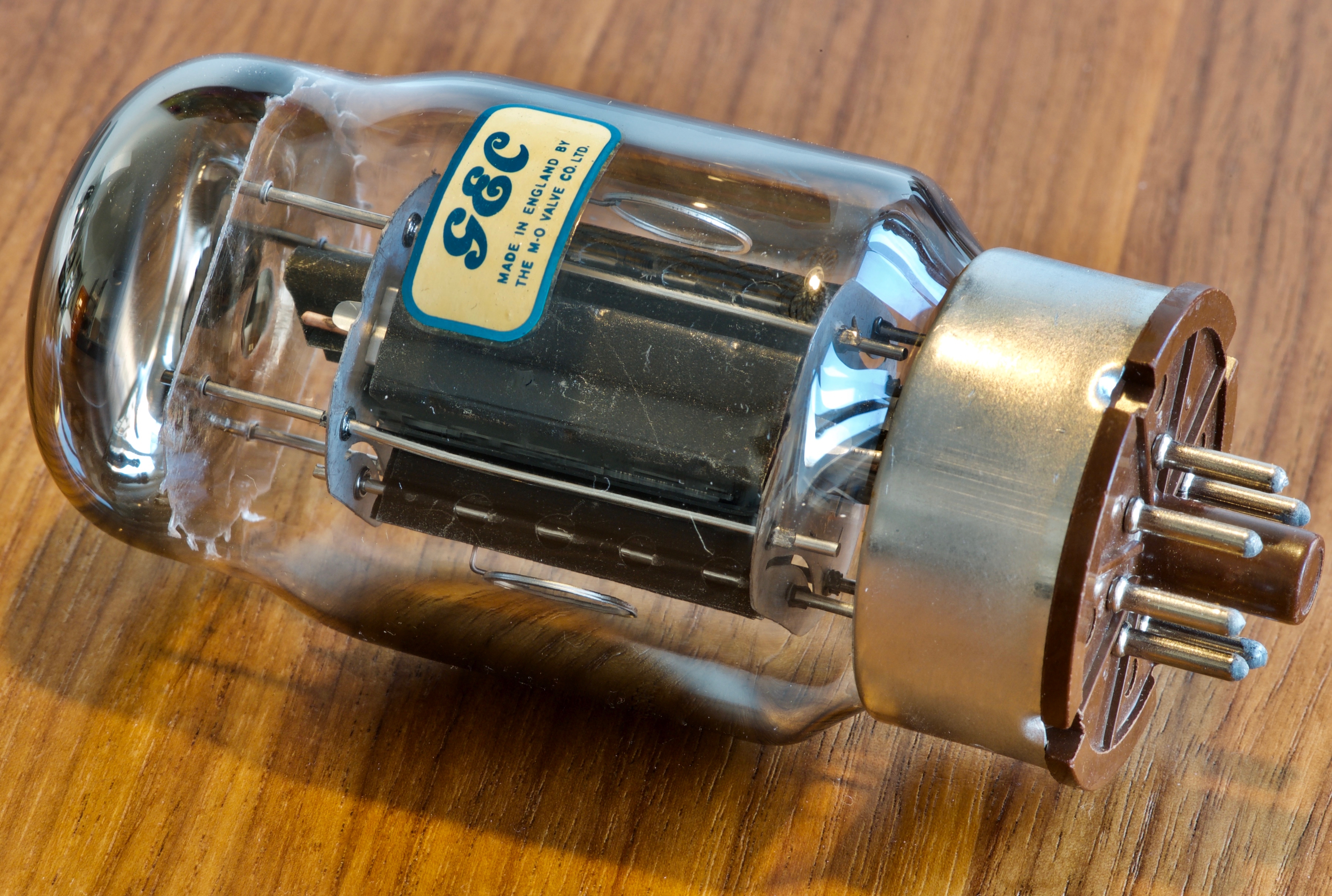
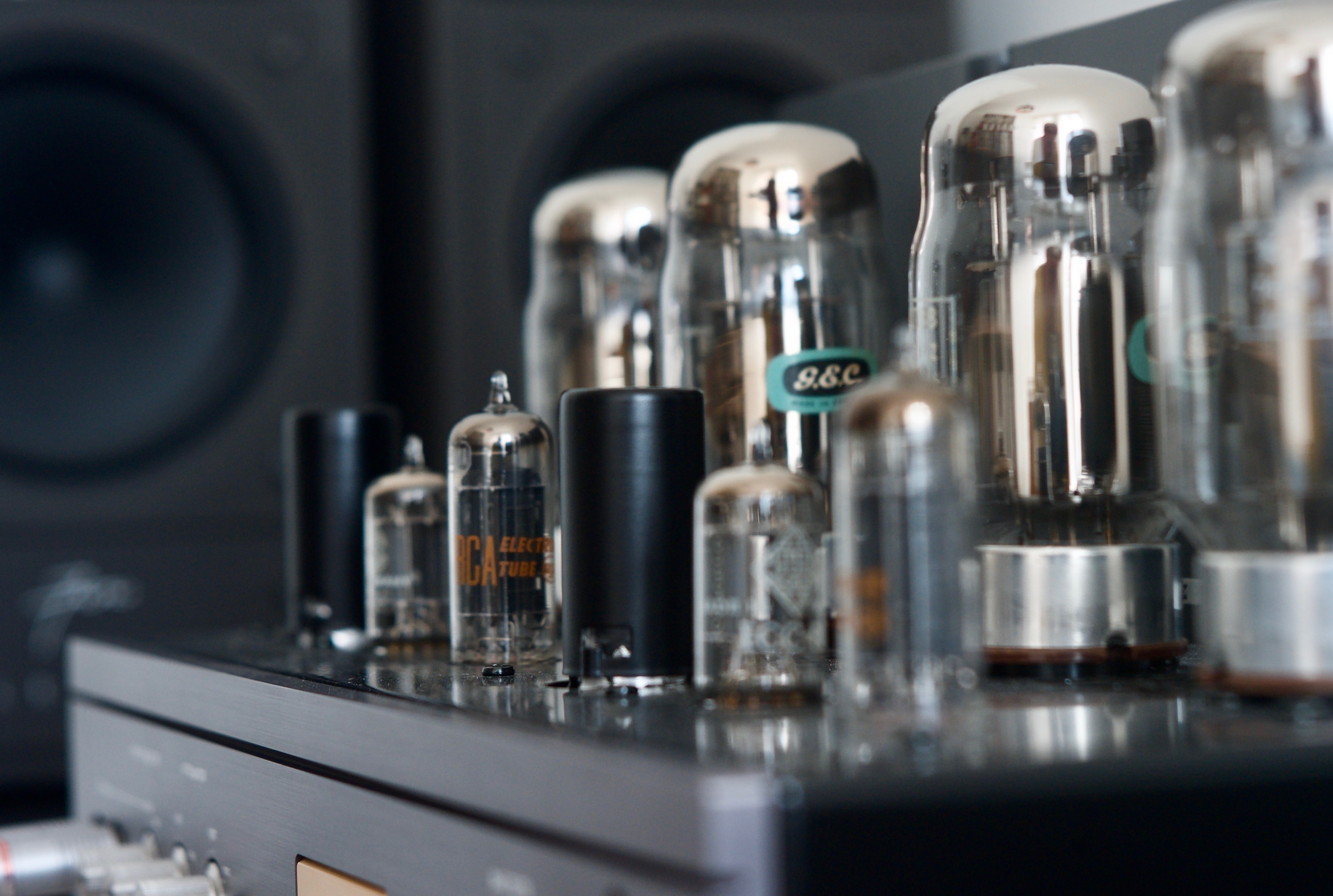

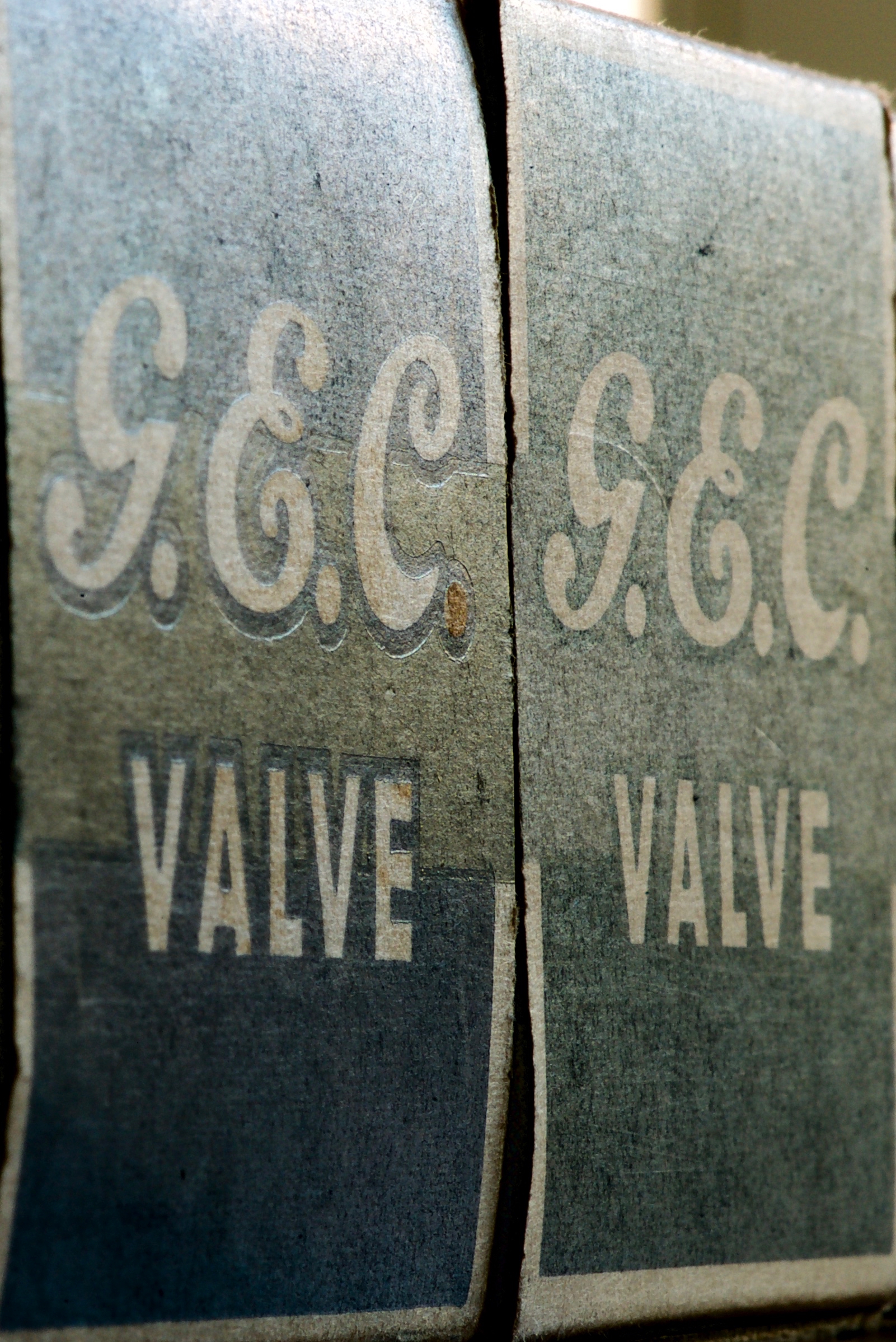






 EMT was one of the leading suppliers for the broadcast industry. The legendary indler wheel truntables EMT 927 and 930 come to mind, as also the famous 997 tonearm or some of the best CD players money can buy. The company was founded in 1940 by Wilhelm Franz as Elektro Messtechnik Wilhelm Franz Kg residing in Mahlberg near Lahr in the German Black Forrest region. Since 2016 the company is now part of EMT International GmbH, which is located in Switzerland.The EMT JSD5´s origin dates back to the famous EMT TSD 15 cart, which was one of the most used pick up systems within the broadcast scene during many decades.
EMT was one of the leading suppliers for the broadcast industry. The legendary indler wheel truntables EMT 927 and 930 come to mind, as also the famous 997 tonearm or some of the best CD players money can buy. The company was founded in 1940 by Wilhelm Franz as Elektro Messtechnik Wilhelm Franz Kg residing in Mahlberg near Lahr in the German Black Forrest region. Since 2016 the company is now part of EMT International GmbH, which is located in Switzerland.The EMT JSD5´s origin dates back to the famous EMT TSD 15 cart, which was one of the most used pick up systems within the broadcast scene during many decades.